I recently came across an article about the Lakota Sioux tribe and immediately experienced a flashback of a group project that took us to a reservation in the Badlands National Park near Rapid City, South Dakota in 2019. Driving through the Badlands was a photographer’s dream, especially for an urban dweller. Meeting and learning so much from this American Native tribe was a phenomenal experience and one I would love to repeat. Here’s why….
Getting to the Badlands
From the Rapid City airport to the reservation is about a 90-minute drive through what is an entirely different scene from the usual rural communities up north. You are driving through a sparsely rural scenic landscape that gradually becomes more isolated as you head into the national park. The views are predominantly of a parched terrain, and then suddenly you come face to face with these amazing rock formations of every geological form. These rock formations display a spectacular range of colors, mostly brown, gray, and black, with plenty of other less subtle and bold colors that blend with the surrounding abundance of dry grassland. We drove through tiny neighborhoods of 5-6 homes and by an abandoned corridor that looks like something you would see in a western movie (a bit eerie). My photos represent a small window into the immensity of this place, its isolation and drought-like imageries. It is definitively not for the weak at heart. I came across this quote from Thaddeus A Culbertson in 1850 which best sums it up:
“Fancy yourself on the hottest day in summer in the hottest spot of such a place without water — without an animal and scarce an insect astir — without a single flower to speak pleasant things to you and you will have some idea of the utter loneliness of the Bad Lands.”
A Bit of History
The Lakota people called this region “Mako Sica” which means Badlands due in part to its extreme terrain, temperatures and lack of water. Still today the reservation is very much identified with the park. The descendants of the Lakota tribe, “the Arikara,” lived in these lands for over 11,000 years.
Today, the Badlands is one of the riches fossil grounds for studying the earth and certainly a place for hiking and touring. But like the rest of the earth, the Badlands are experiencing severe changes in its climate as it continues to erode. More importantly, it remains home to the Oglala Lakota Pine Ridge Reservation.
The Oglala Lakota Pine Ridge Reservation
Thunder Valley Community Development Corporation Regenerative Community, managed by the Lakota tribe located at the Pine Ridge Reservation, is a 36-acre resiliency development consisting of both single and multifamily housing and the formation of social enterprises that integrate the traditions and values of the Oglala Lakota people. Their entire approach to how they develop this community is ecologically designed to respect the spirits of the land and to respond to the inevitable climate change that is already causing severe weather and drought conditions.
For me, the highlight of the trip, besides the “badass Badlands”, was connecting with Native American leaders about their future plans for their people in what has been an ongoing battle to protect their lands and waters from insidious corporate greed.
The Lakota tribe has a strong culture of resistance that has helped them fight for their survival and heritage. It goes as far back as when their ancestors fought the US army that led to the defeat of Colonel George Custer. These Indian Wars eventually confined the tribe to a reservation preventing them from hunting buffalo. Today, their resistance continues. Even after the closing of the Keystone Pipeline, the tribe continues to fend off other predators from their lands. As water becomes a scarce commodity, this resistance will only heighten, but the tools to fight will be different as they become more educated and business savvy.
The inequalities of wealth distribution and the ongoing violations of Indian treaties without regard to the sacred Indigenous way of life of America’s first citizens are alarming and unacceptable.
According to Ancestry, I am 11% Native American part of the Taino tribe indigenous to Puerto Rico, a colony of the United States of which its economy is exploited every day by the US government and corporations. Historically, indigenous communities have been exploited by the European and Americans with little regard for their culture, land, and economy.






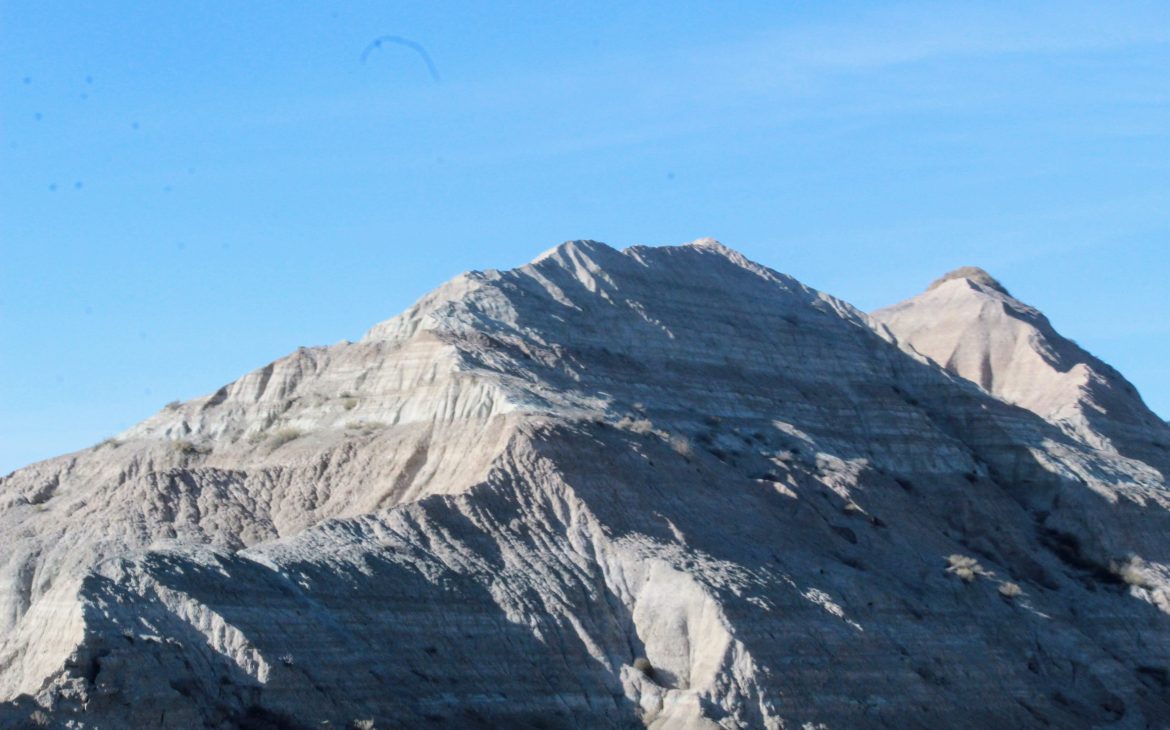
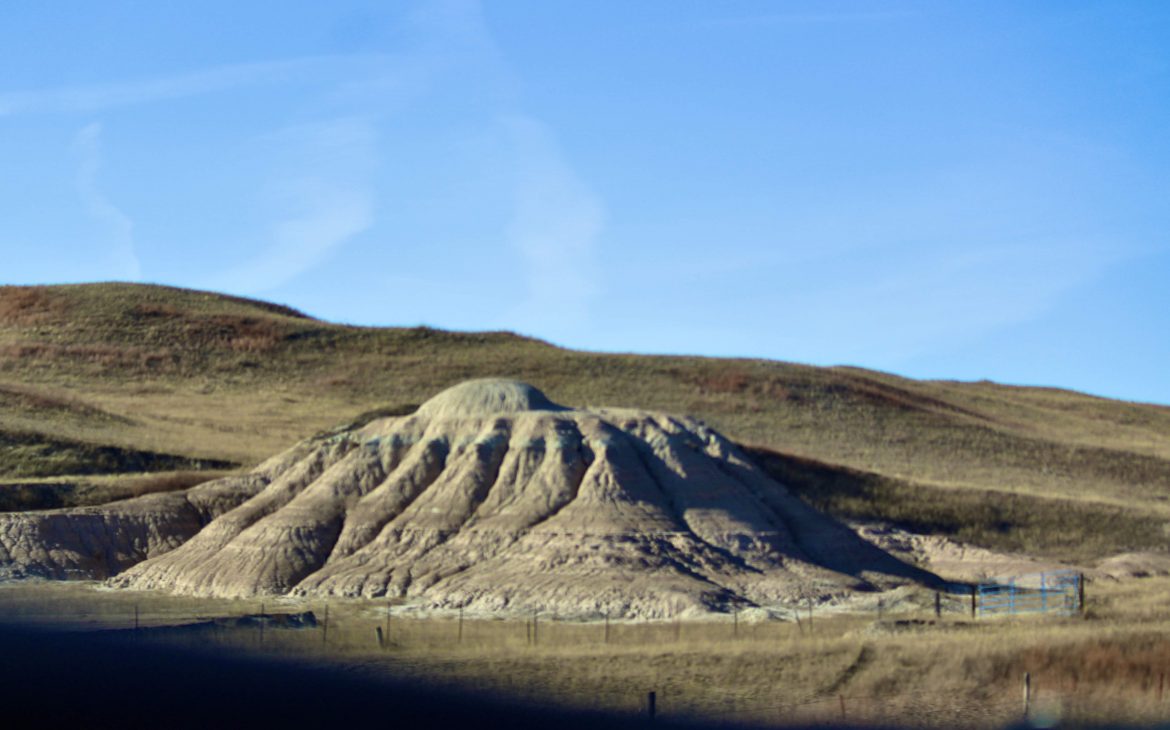
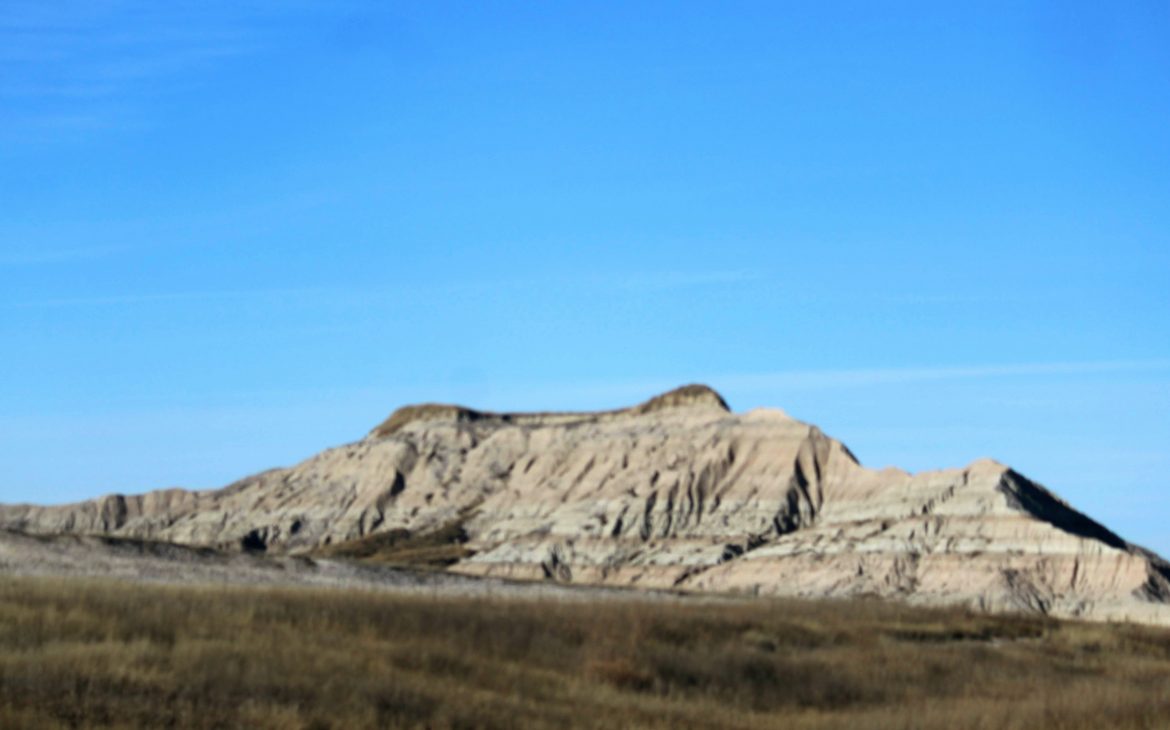
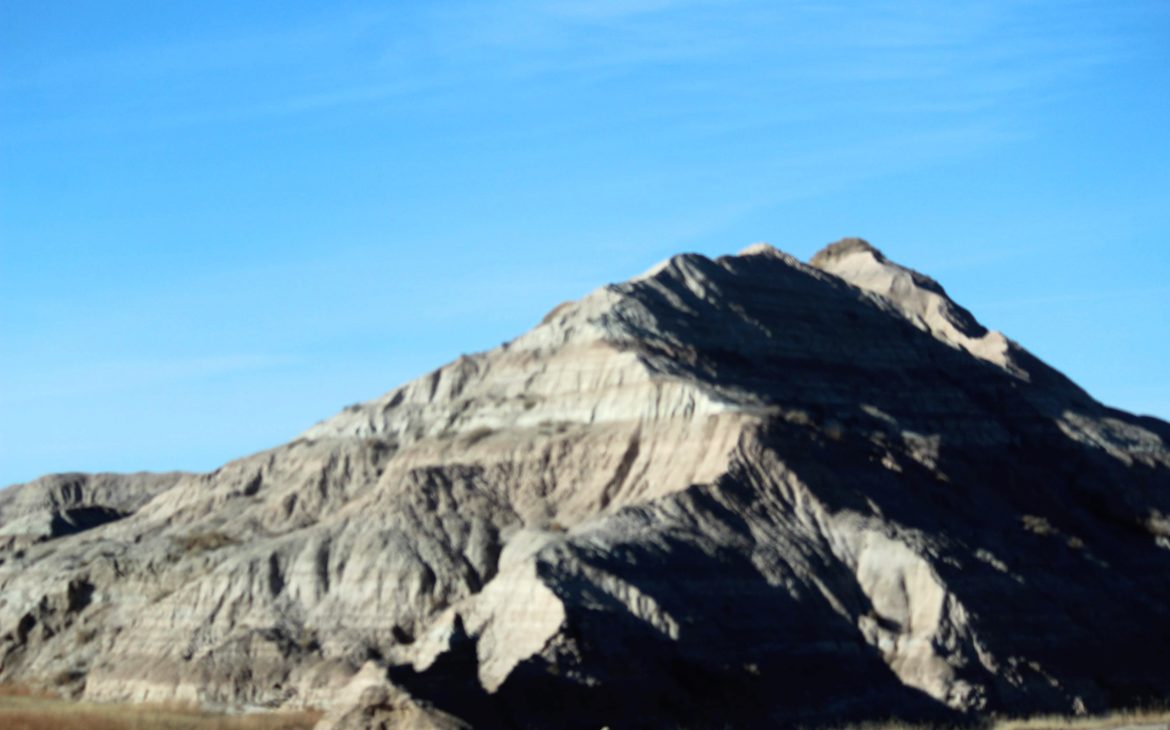
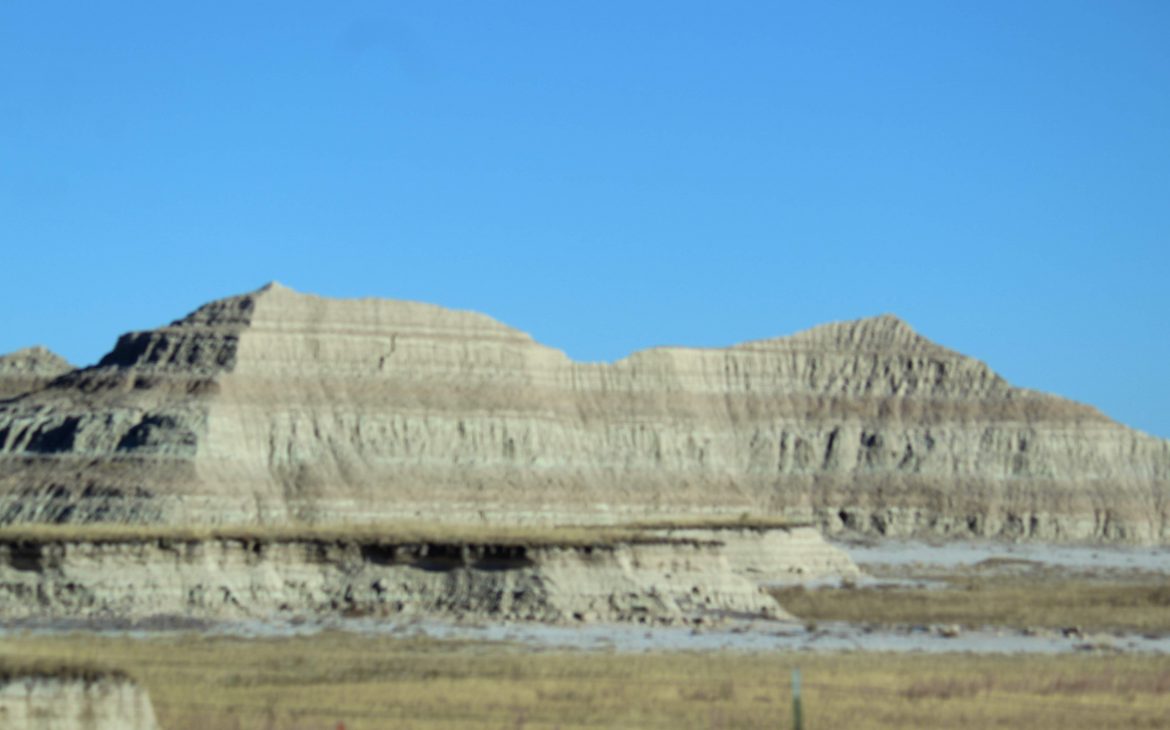
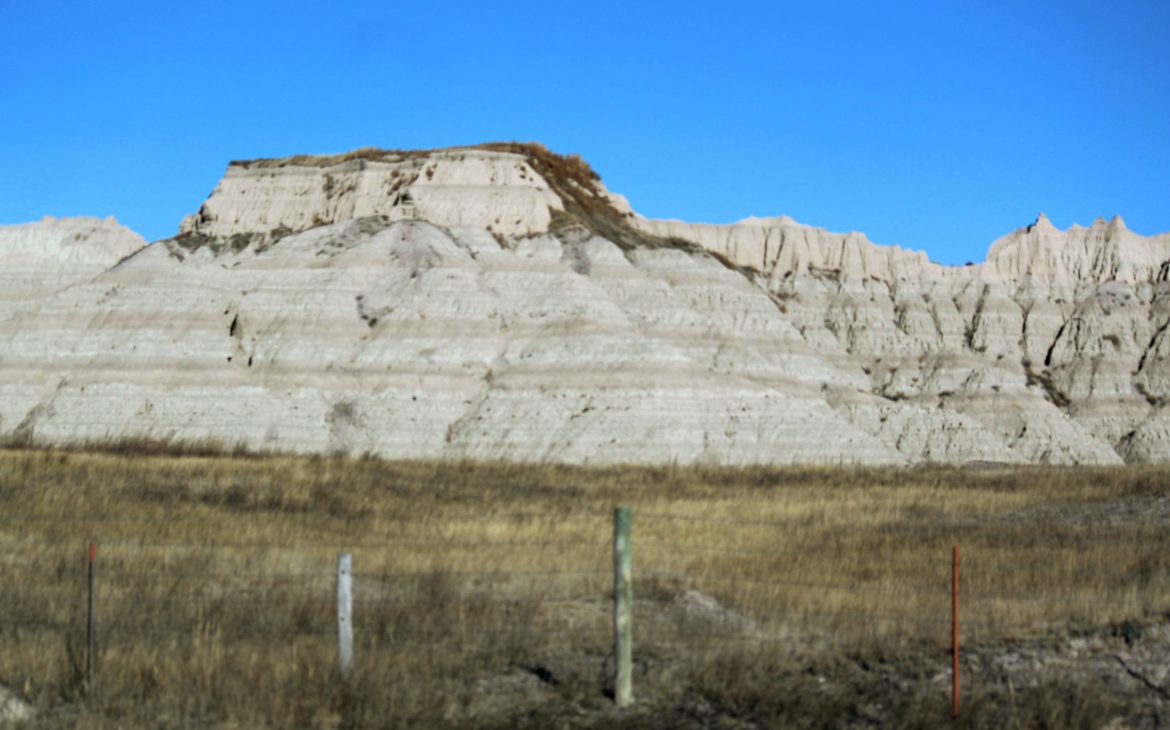
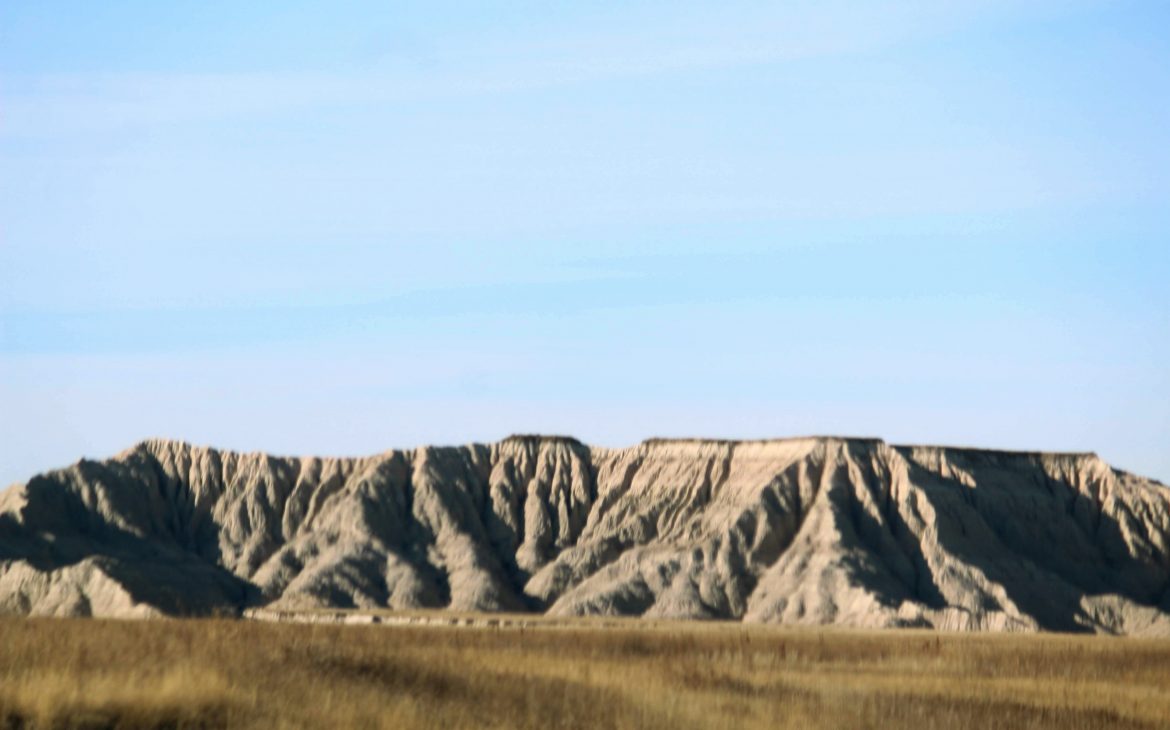
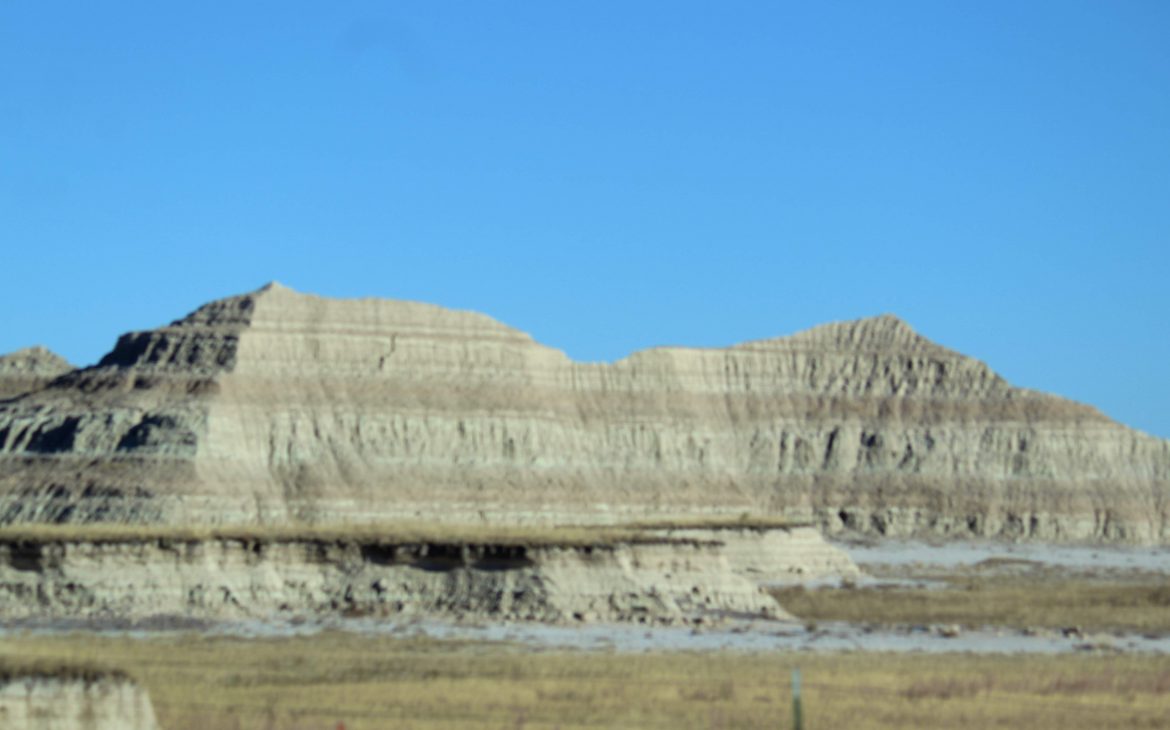
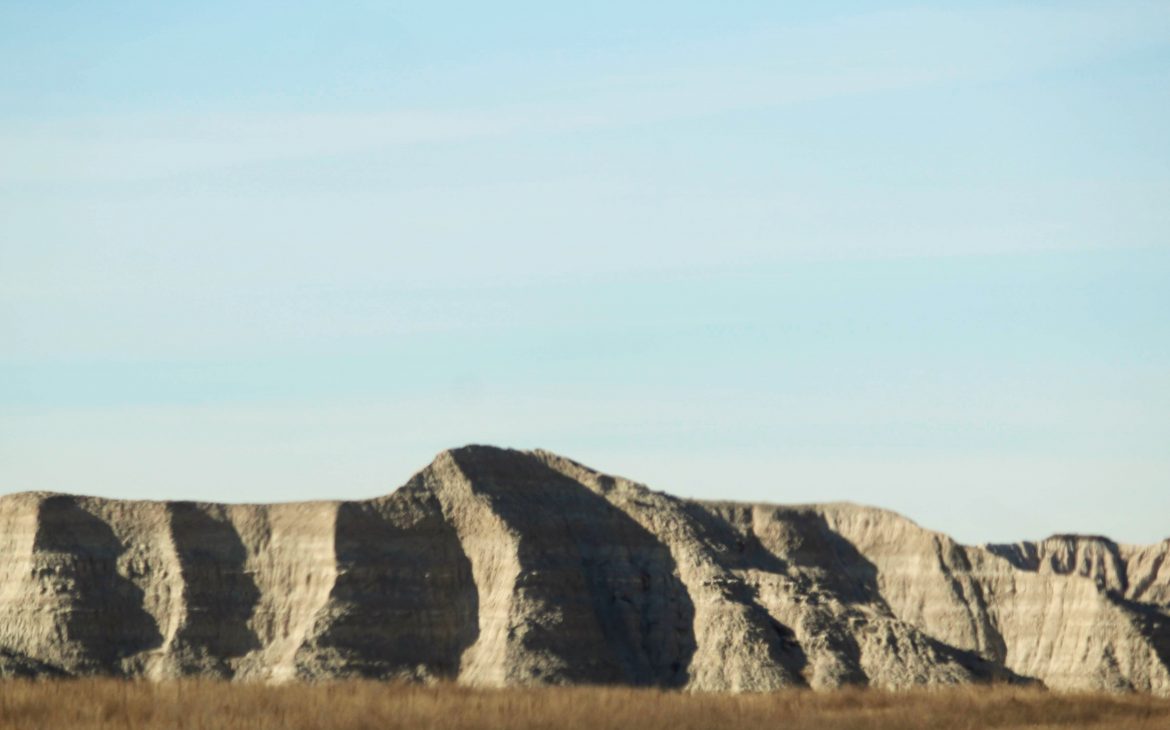
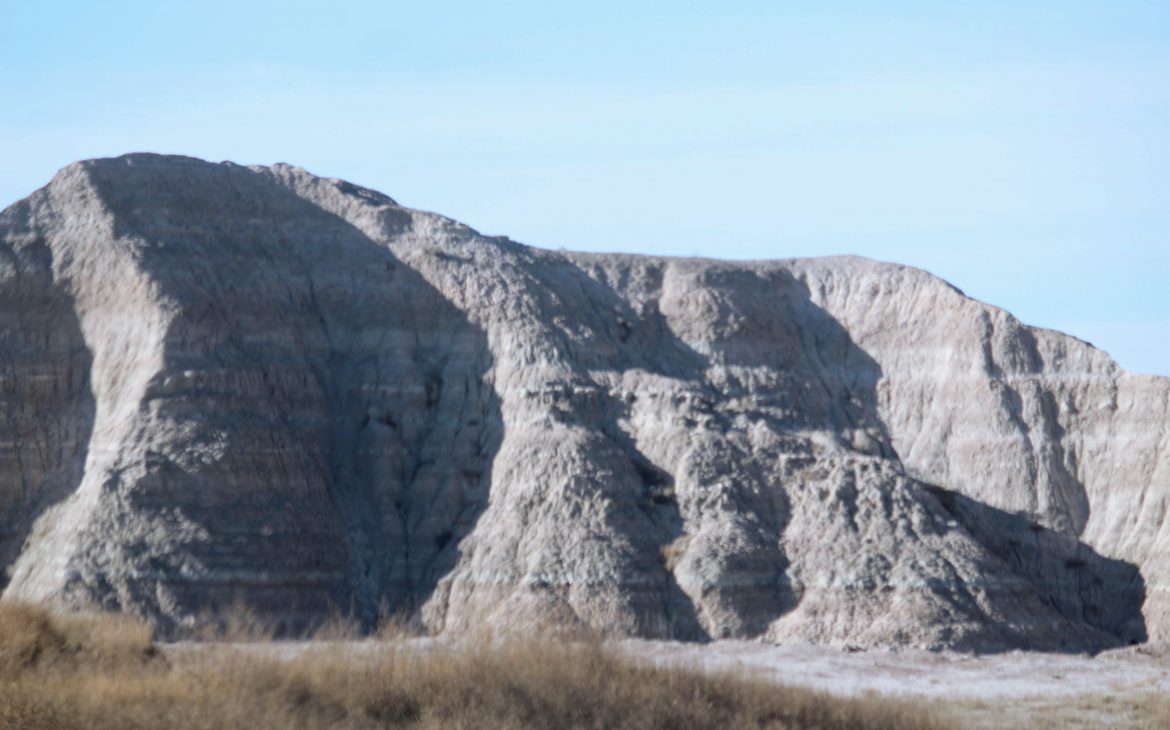
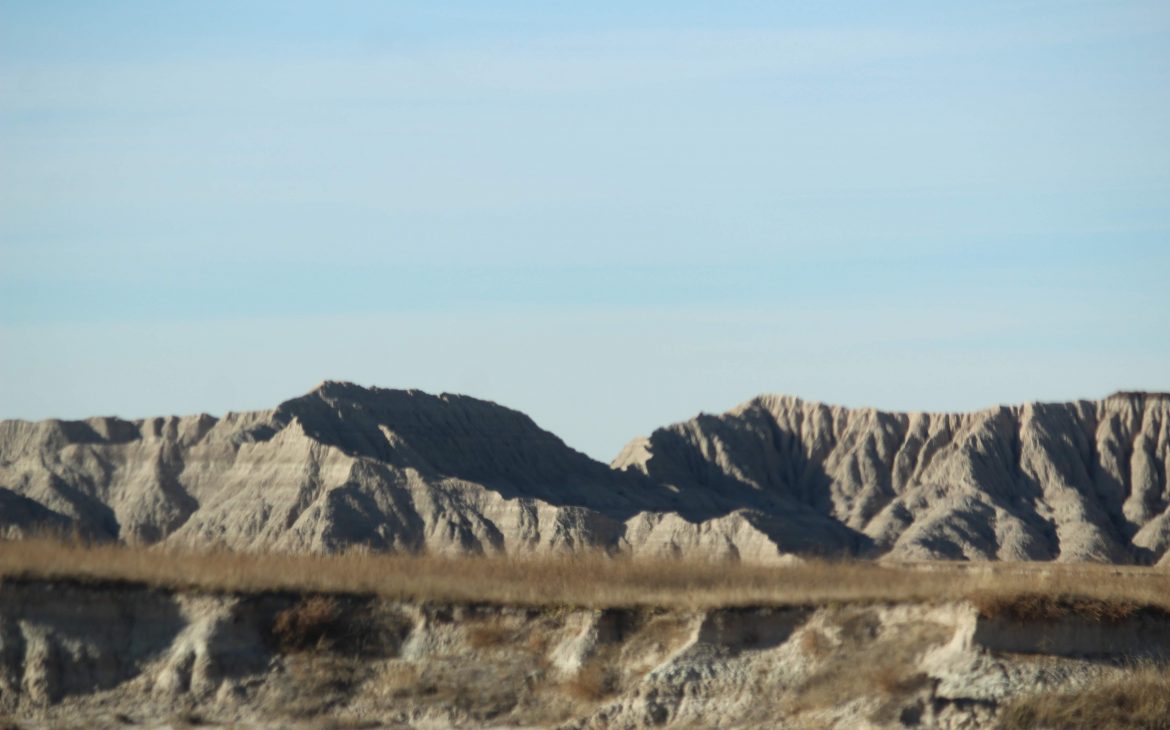
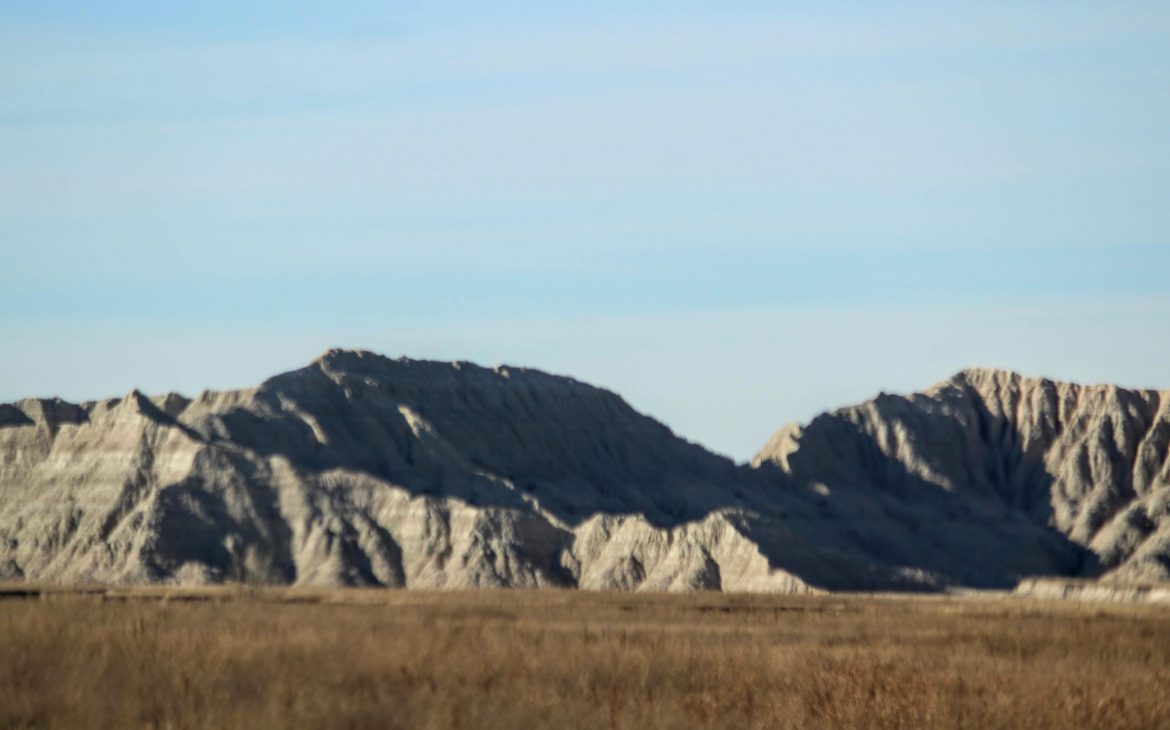
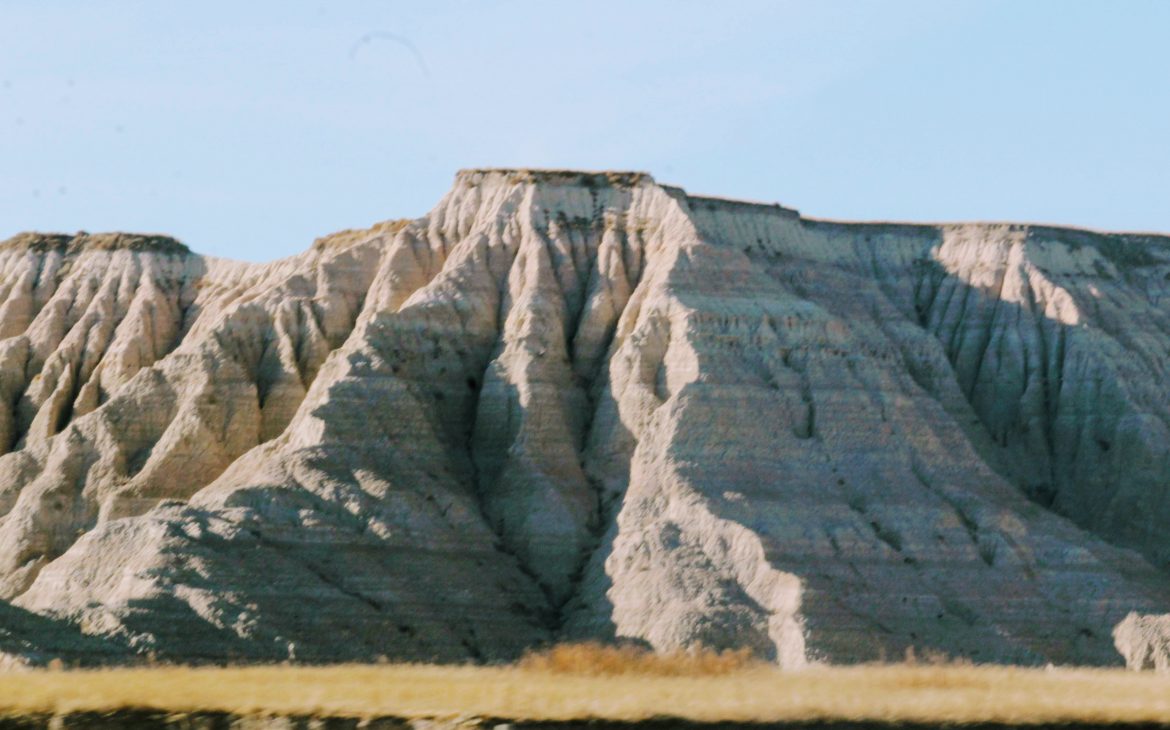
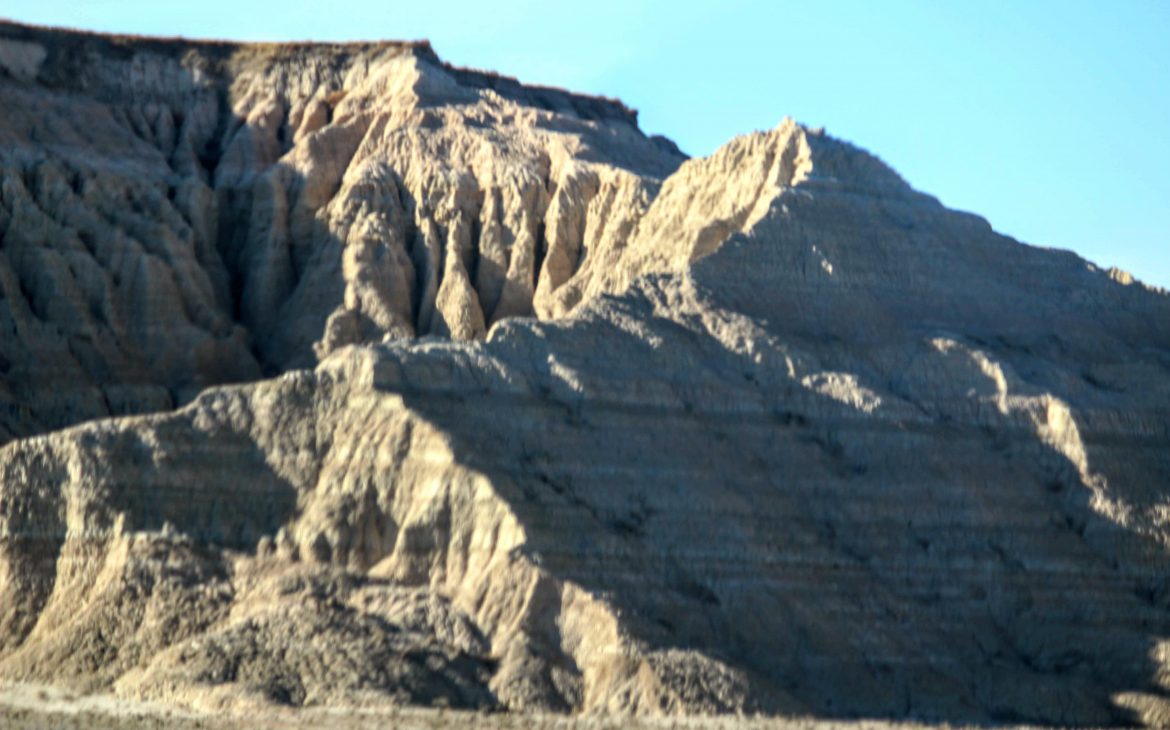
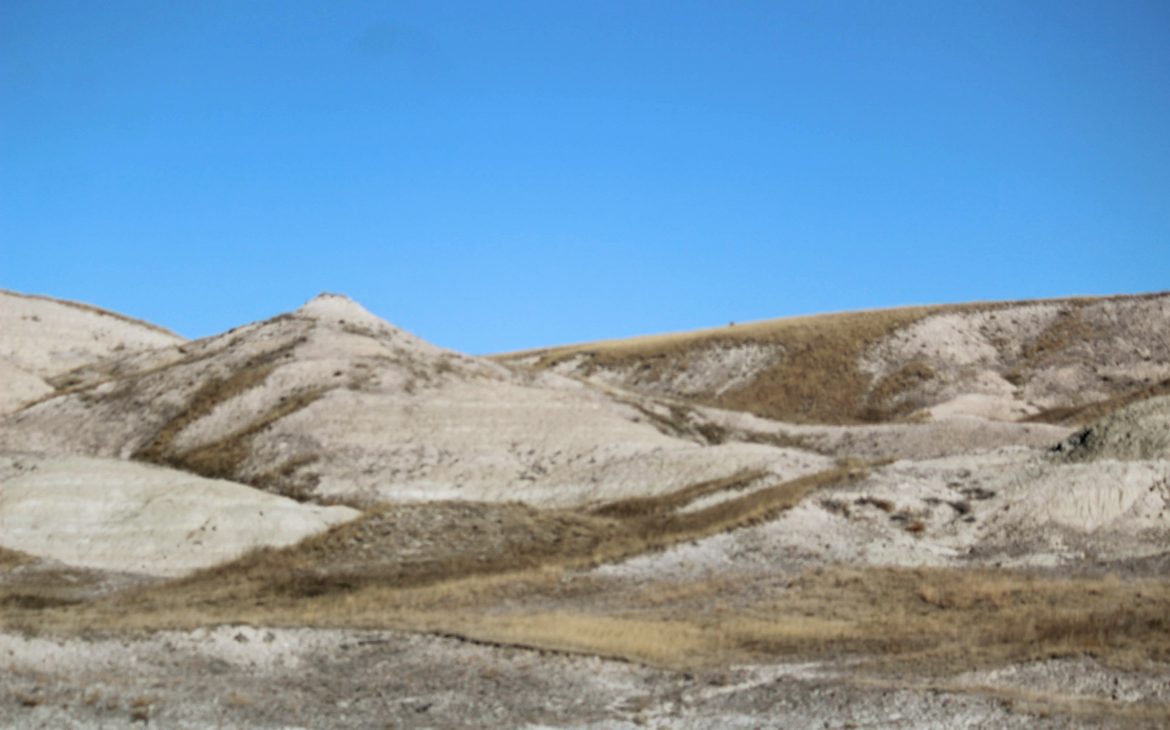
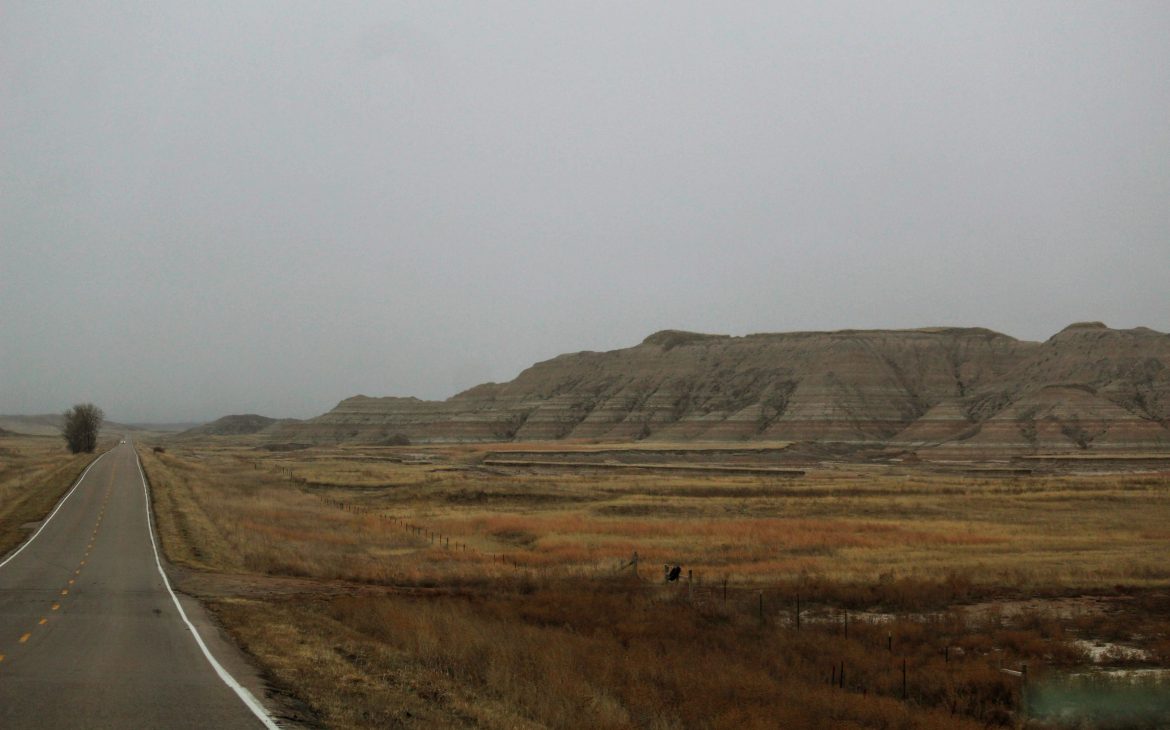
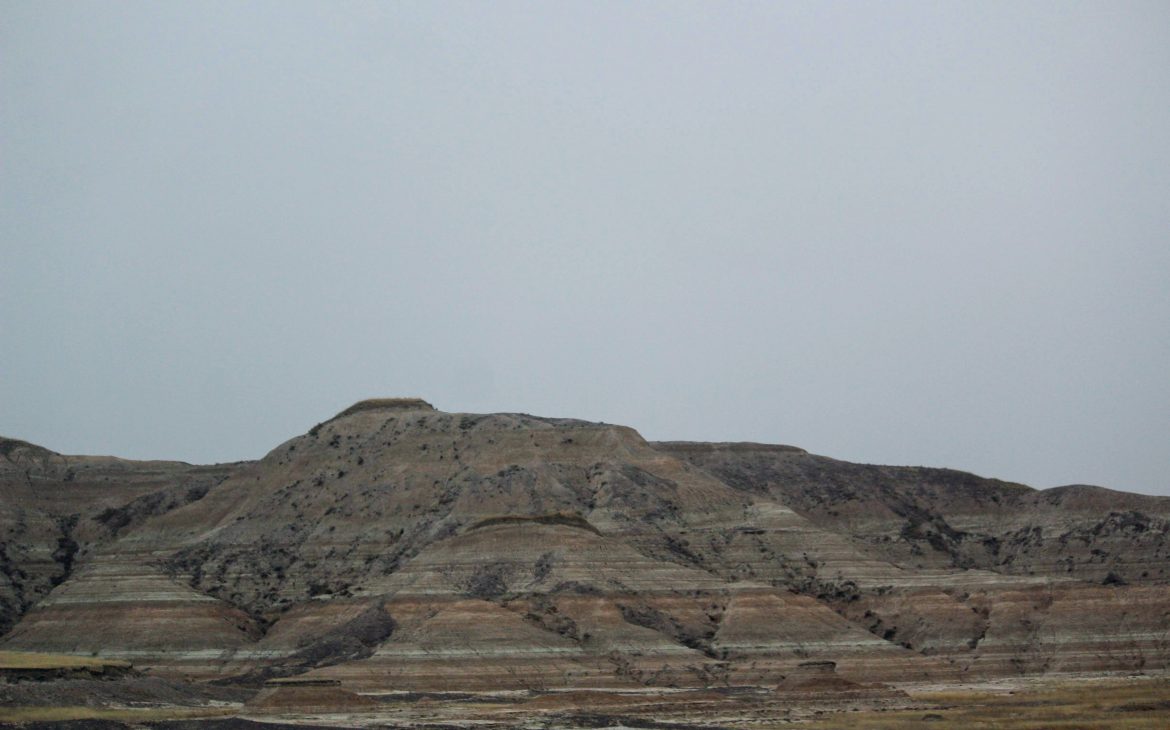
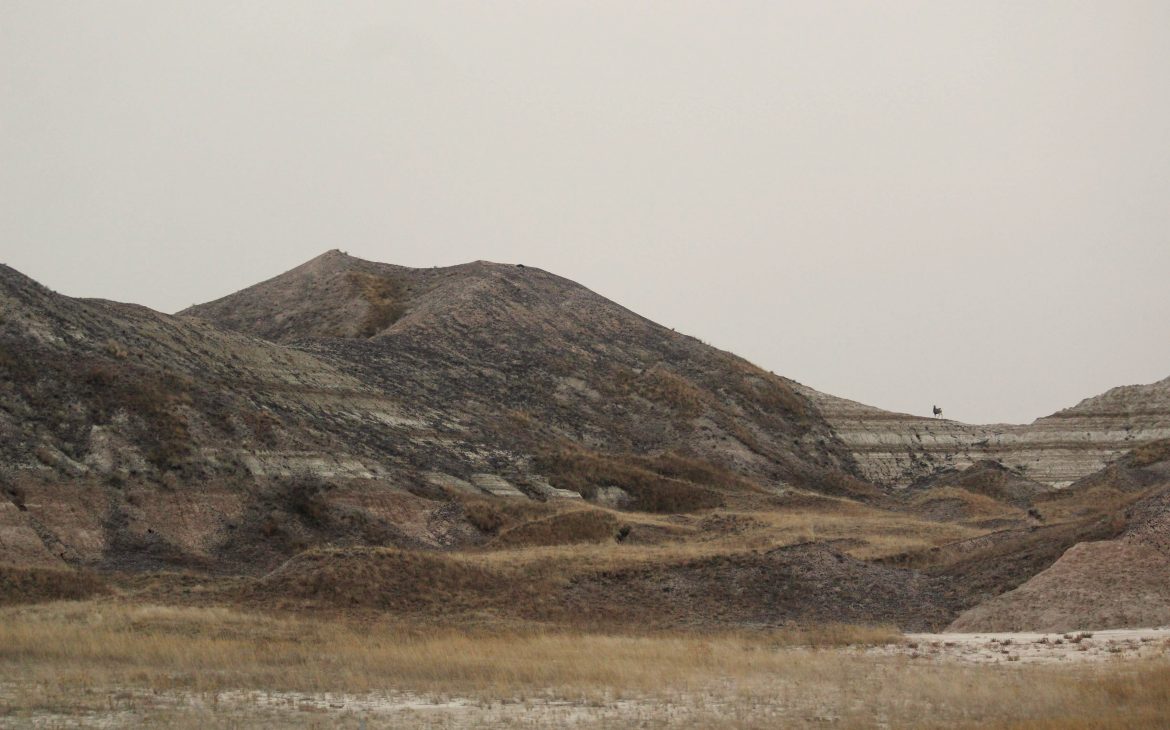
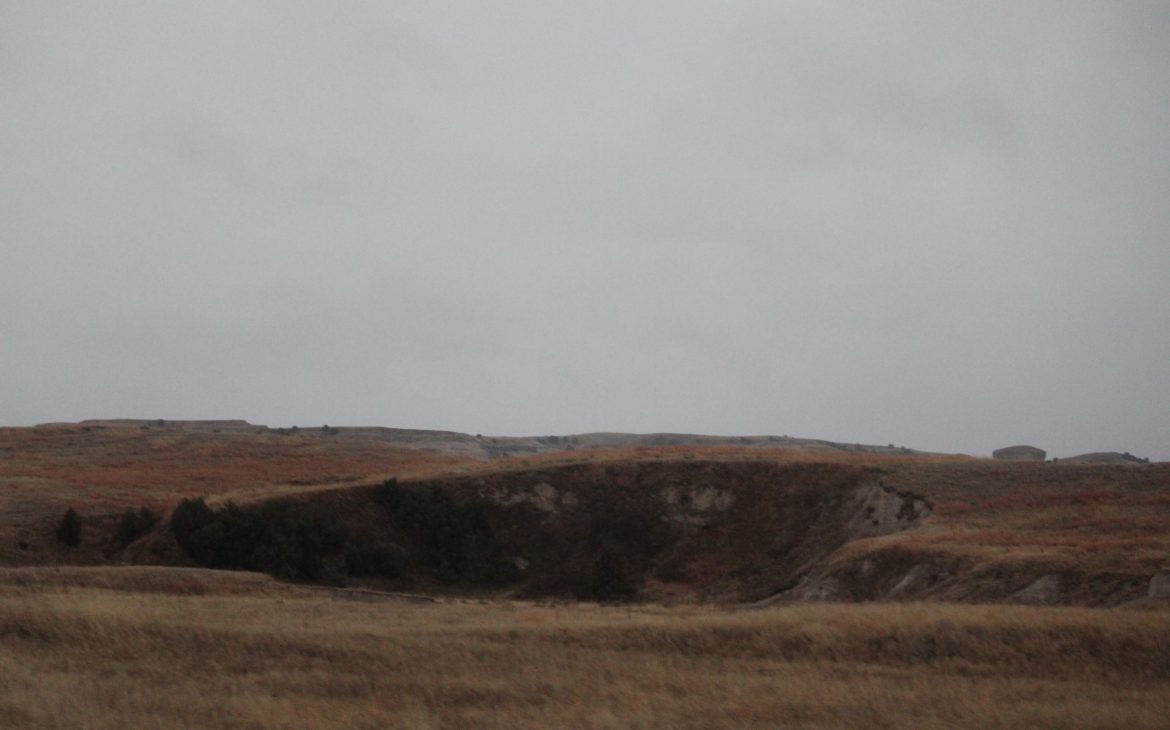
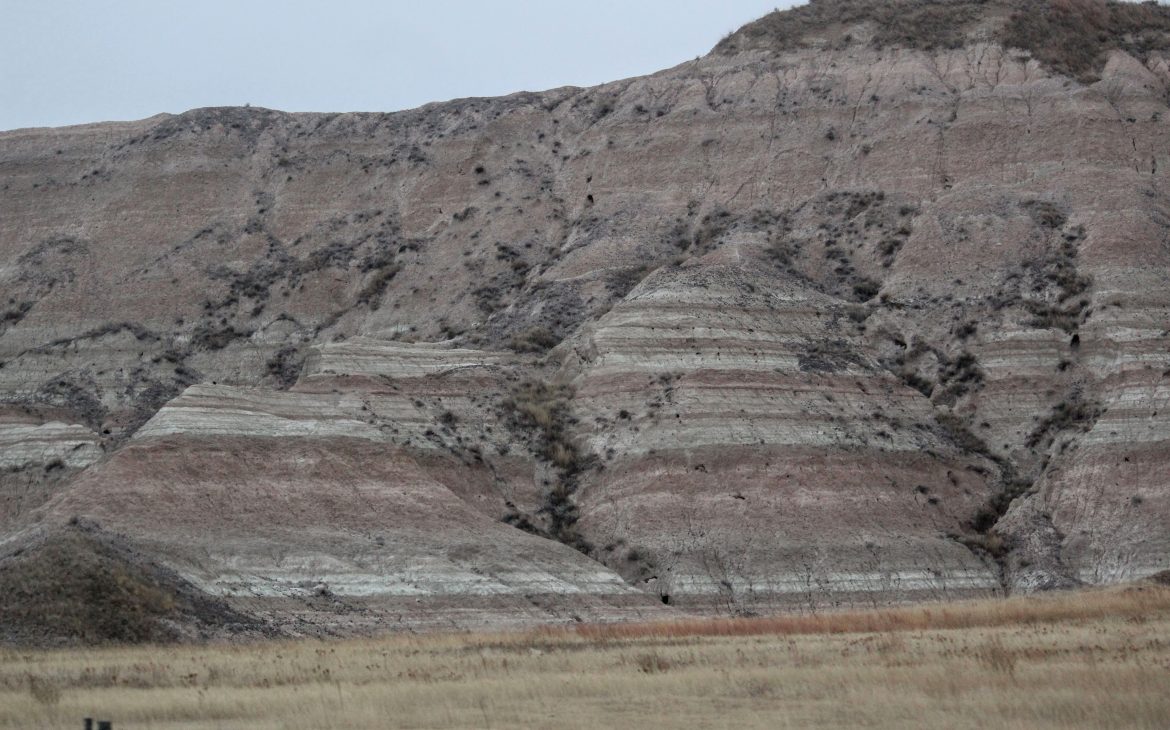
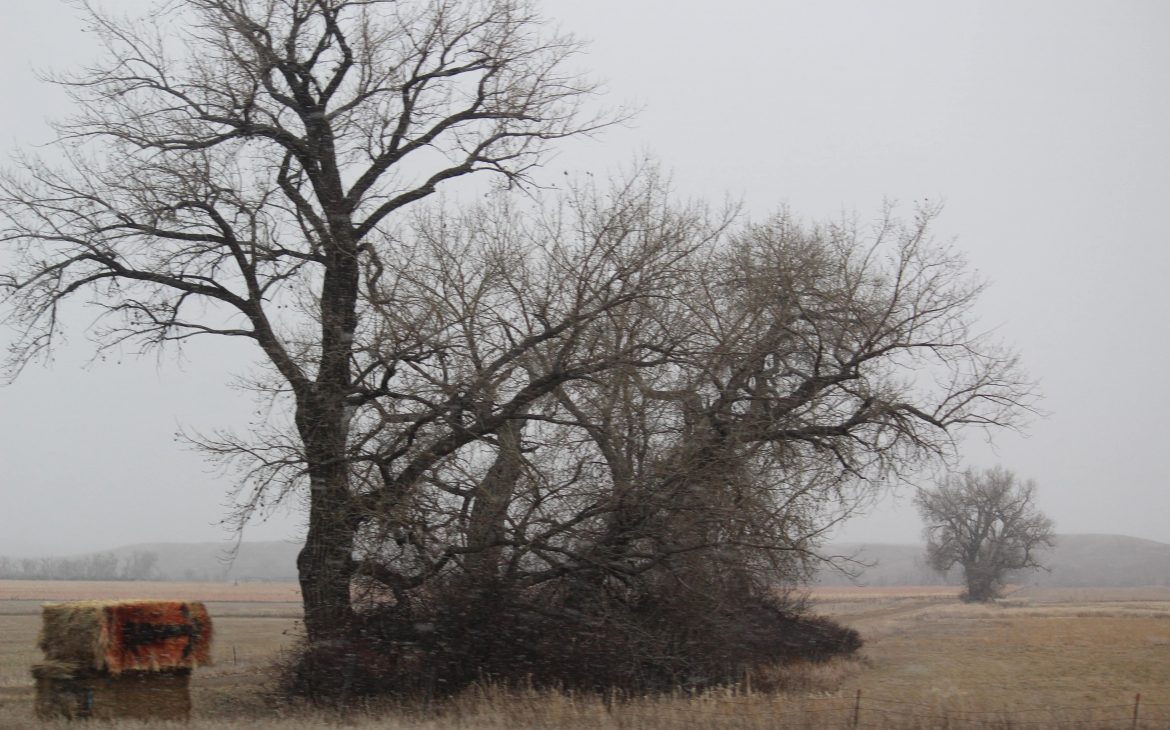
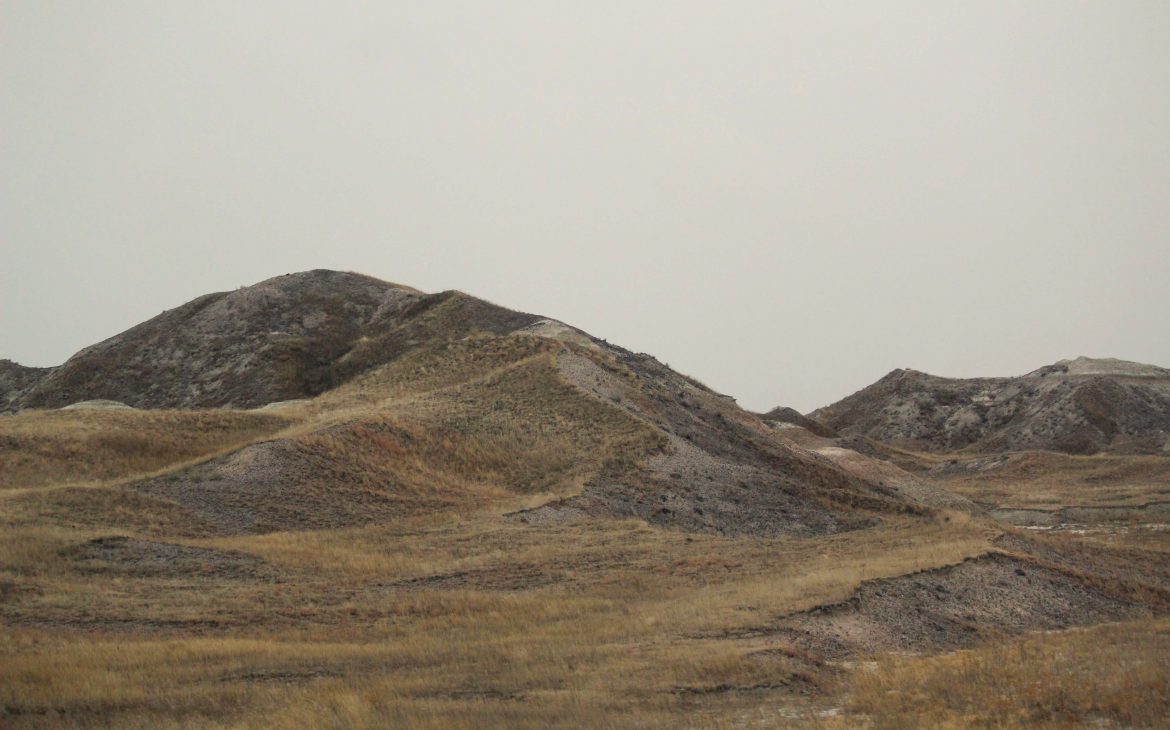
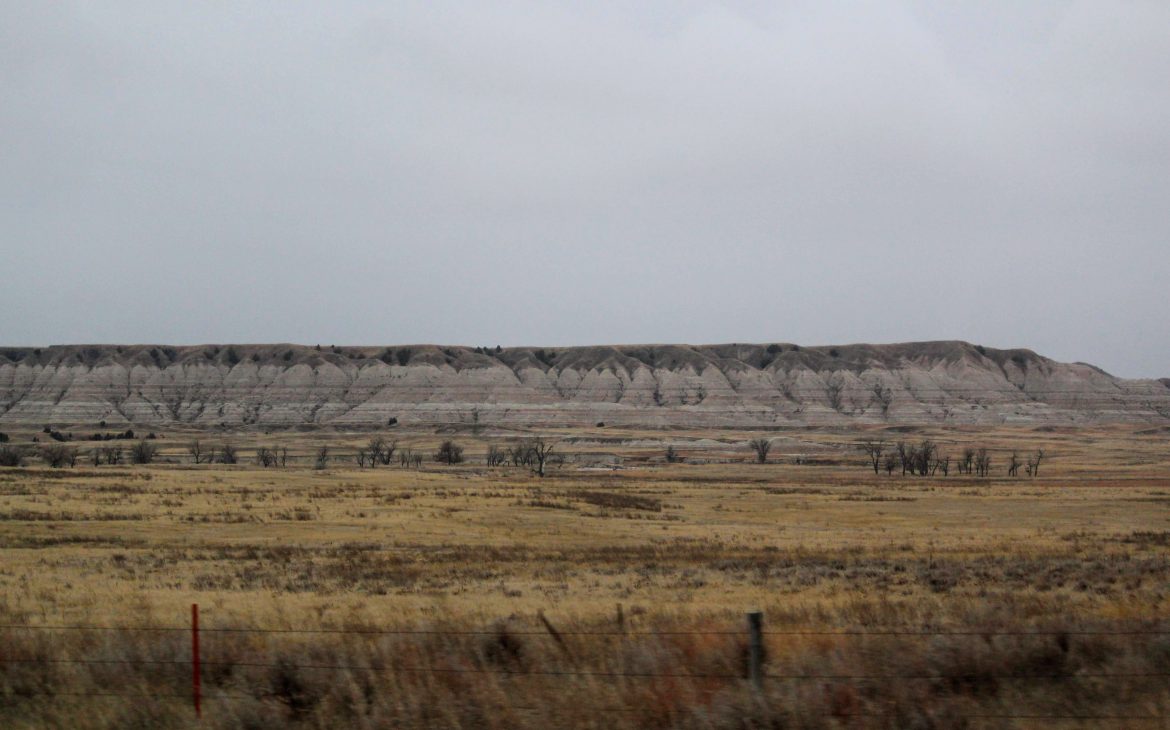
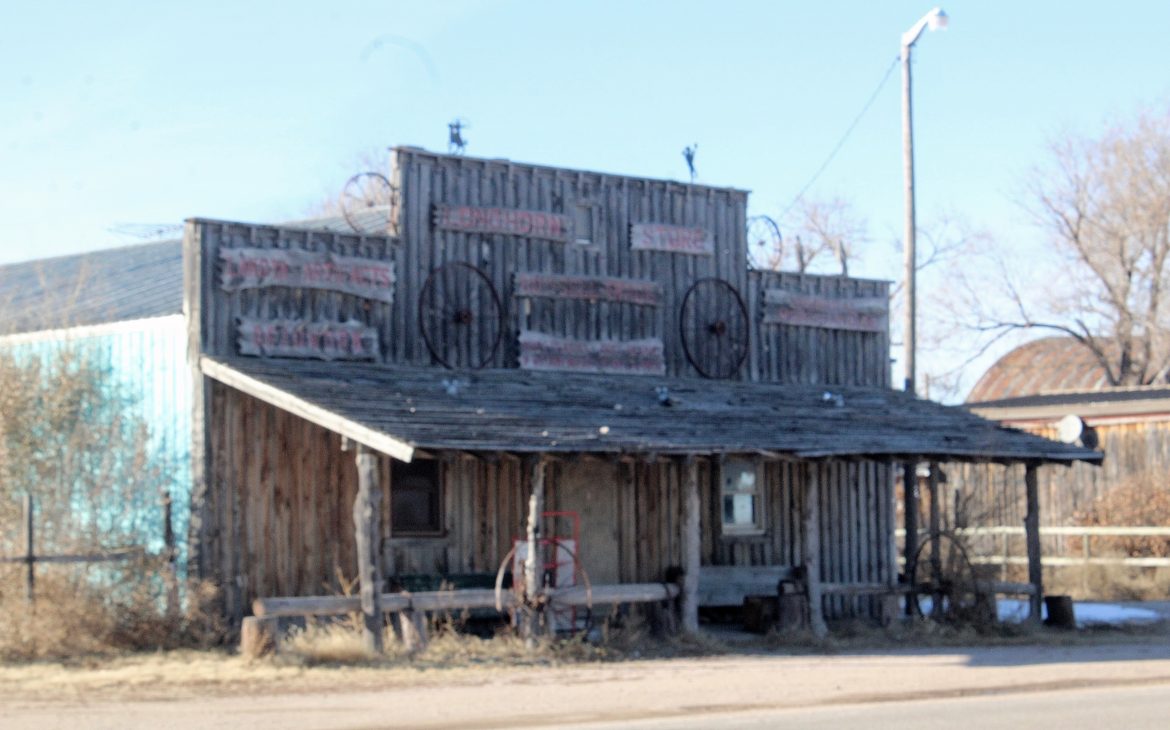
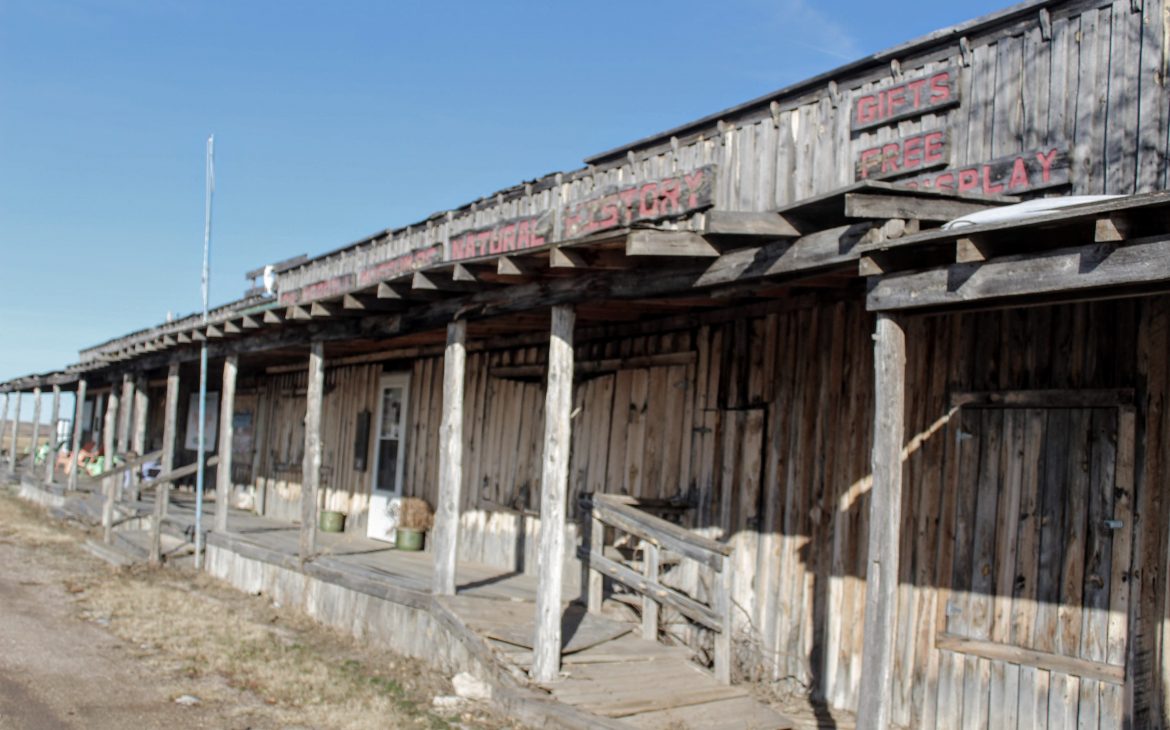
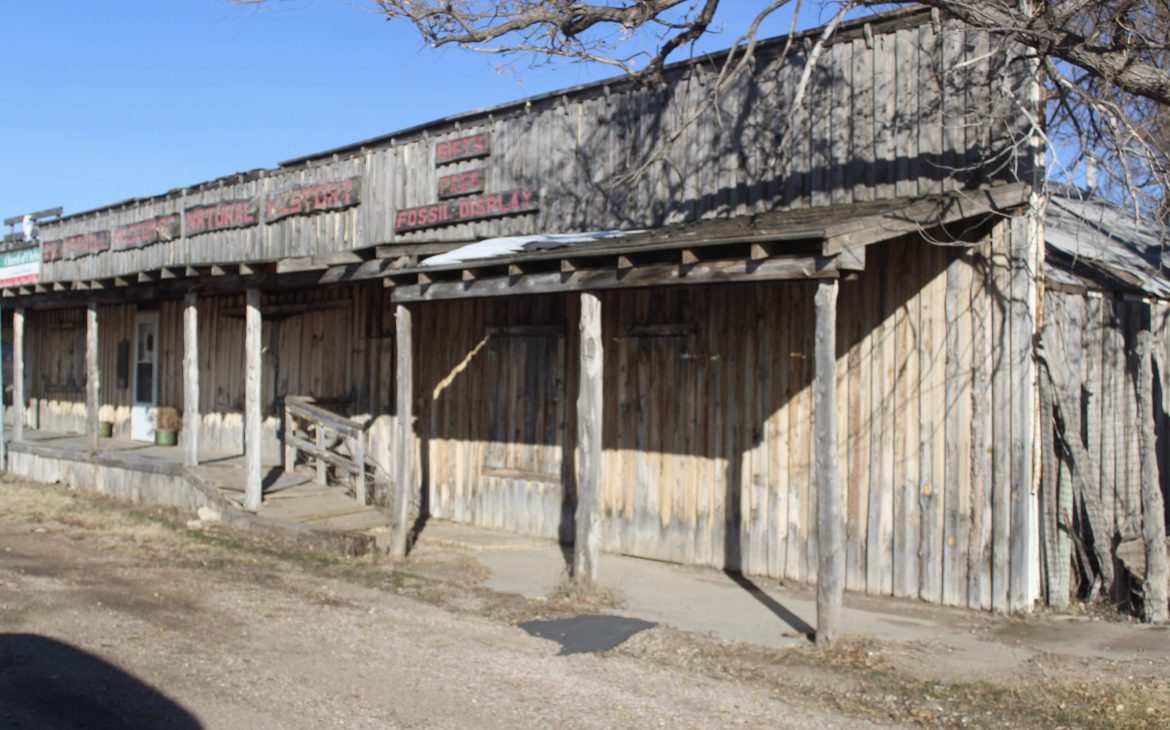
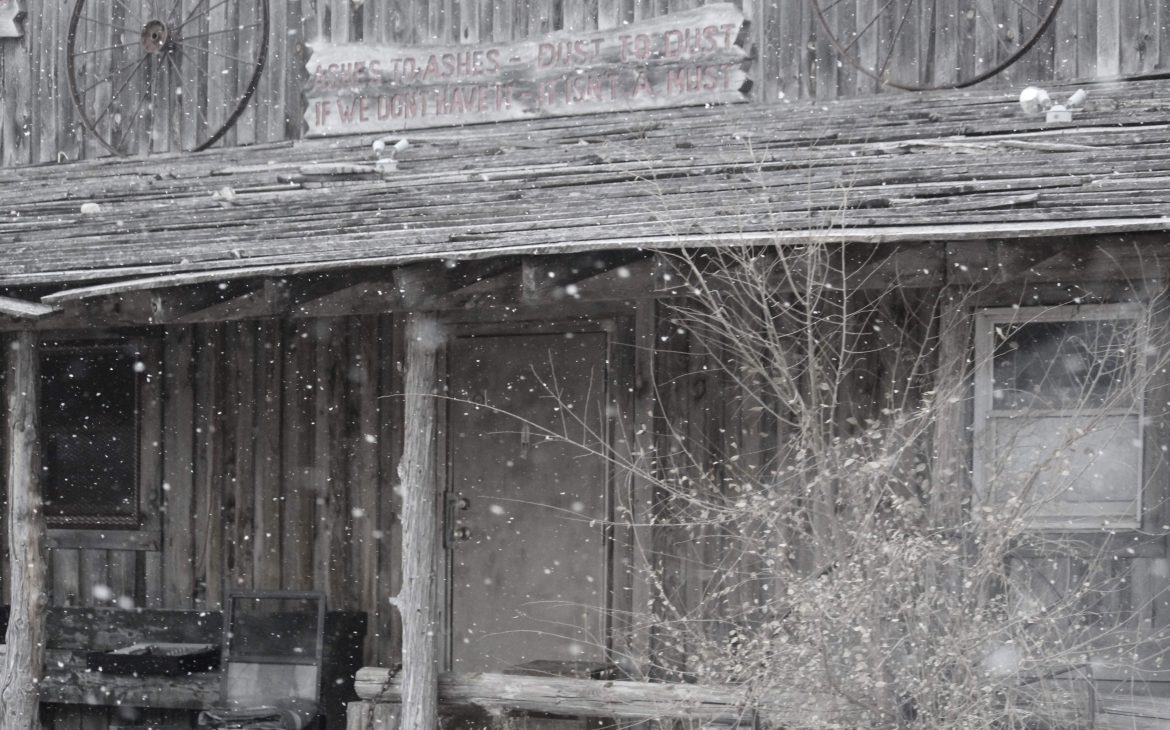
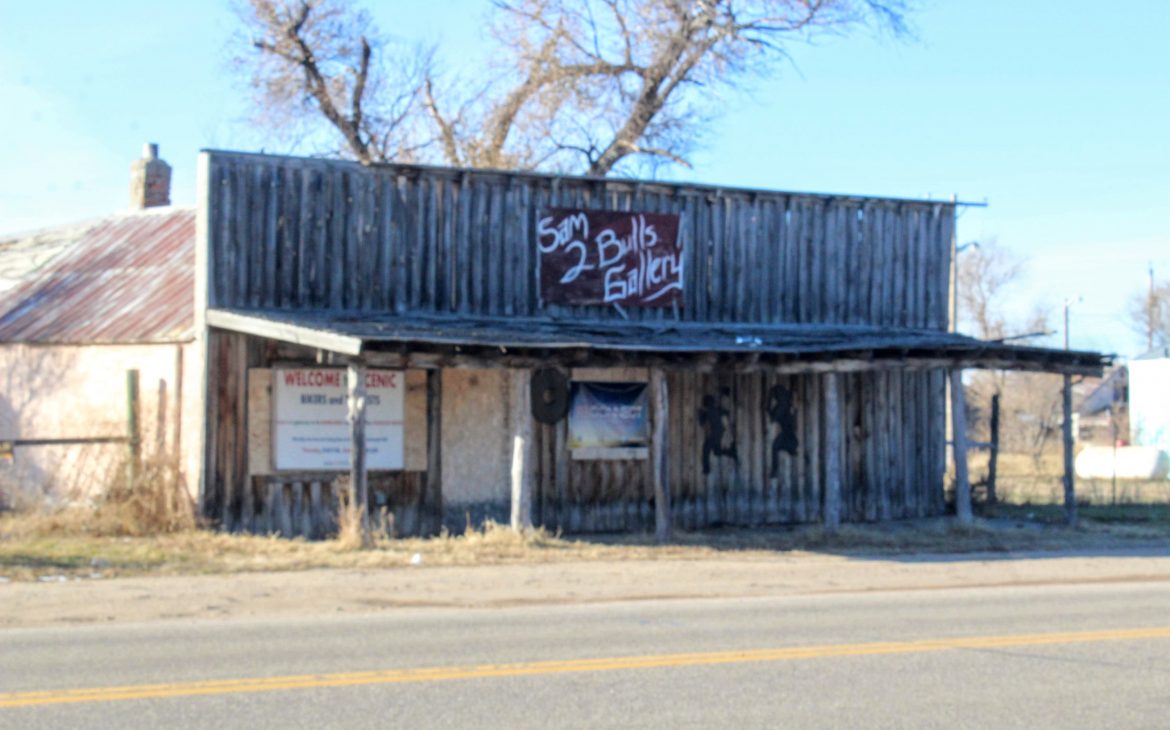
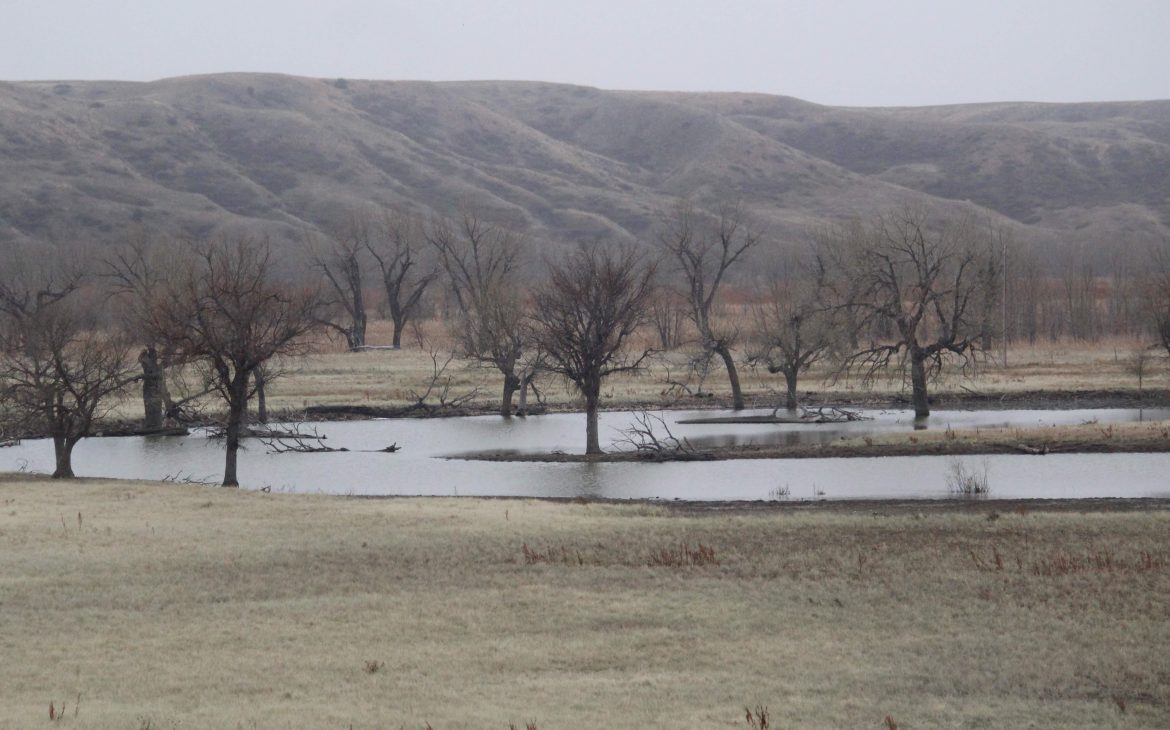
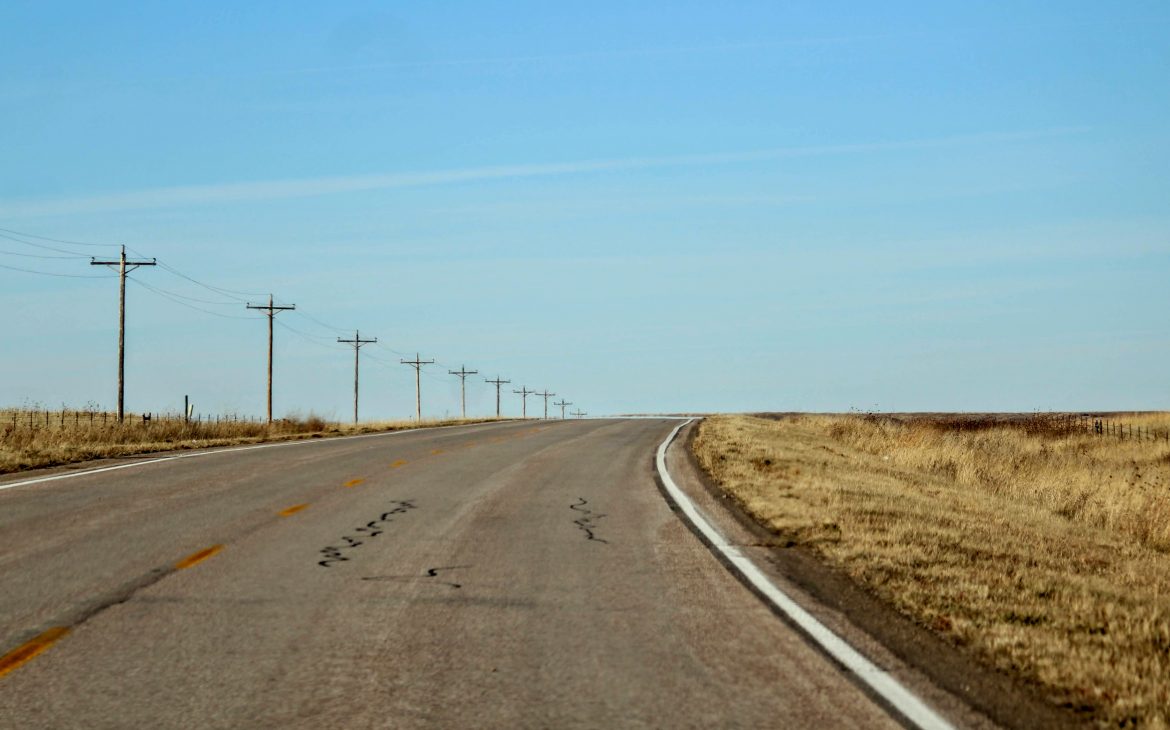
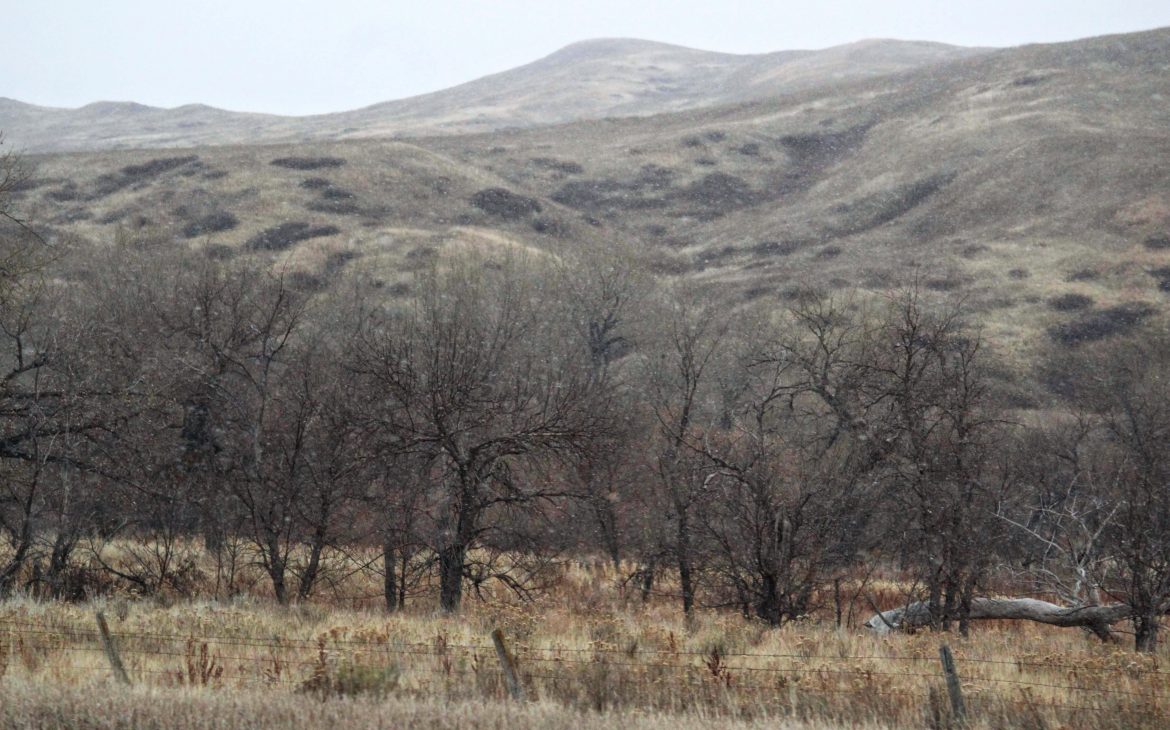
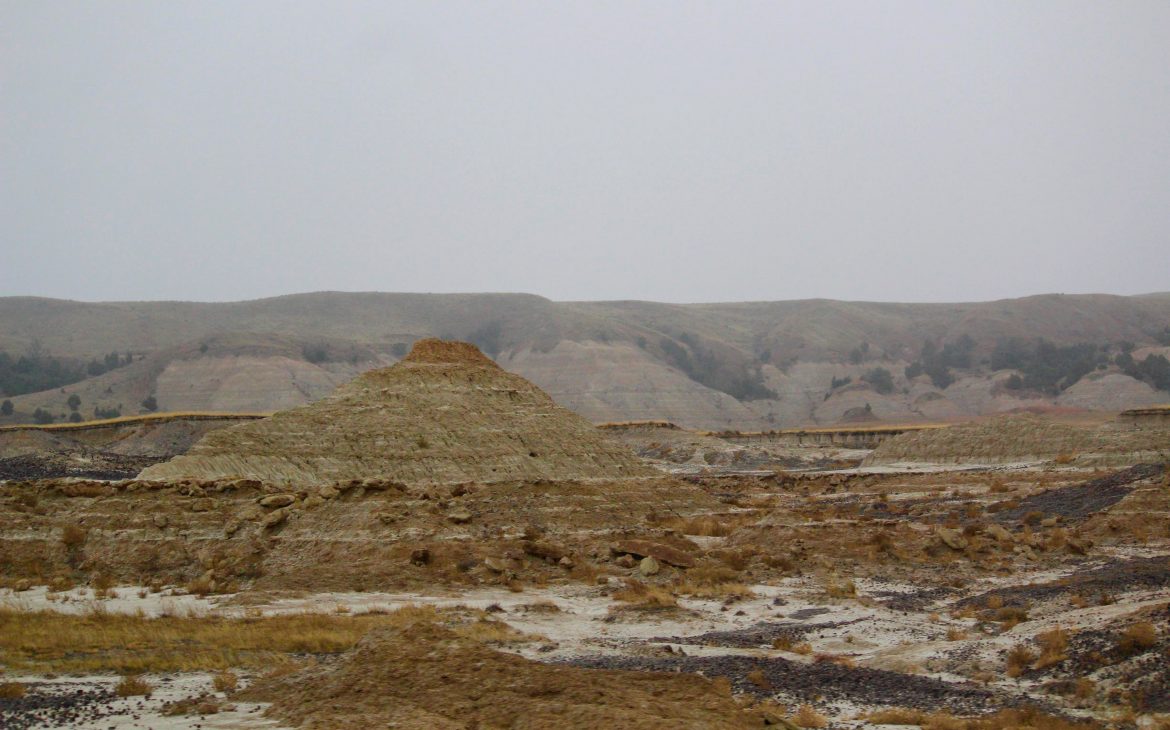
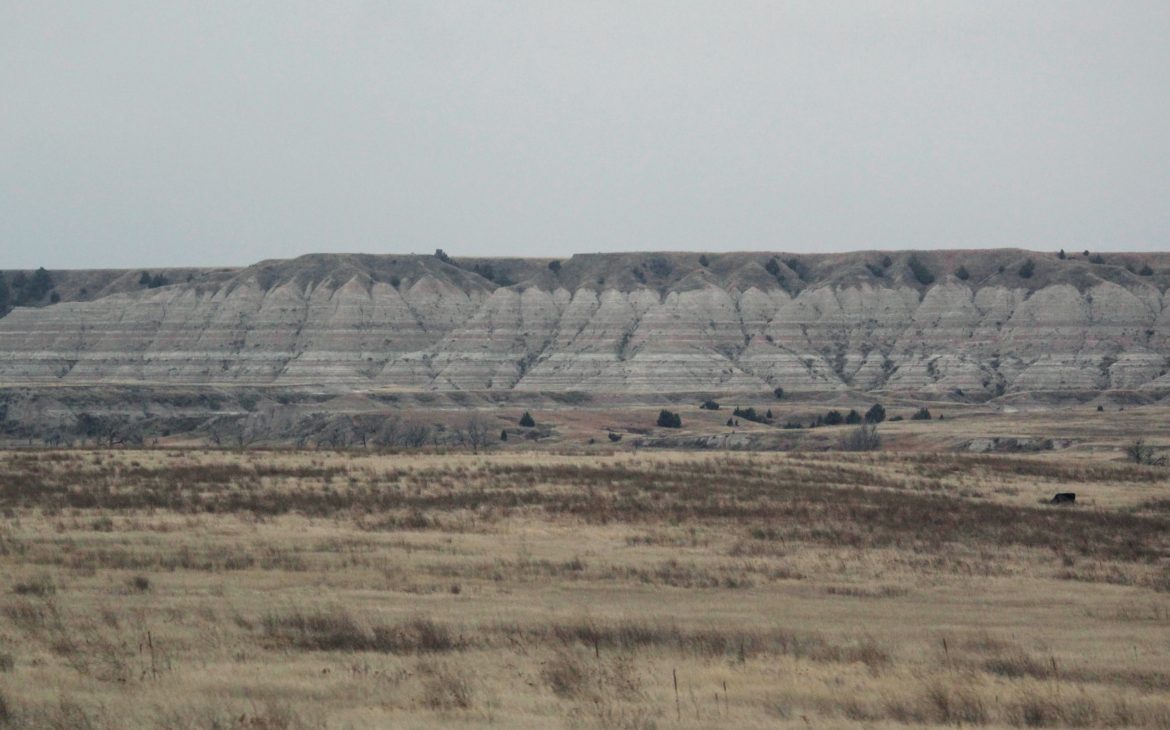
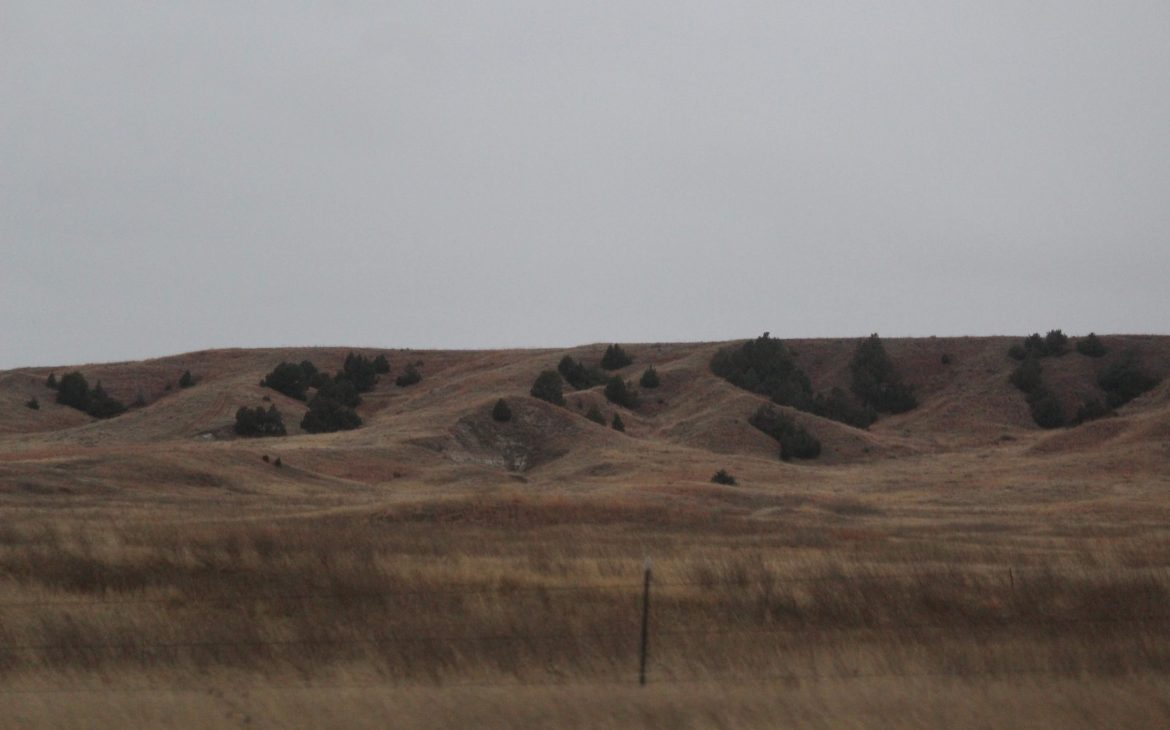
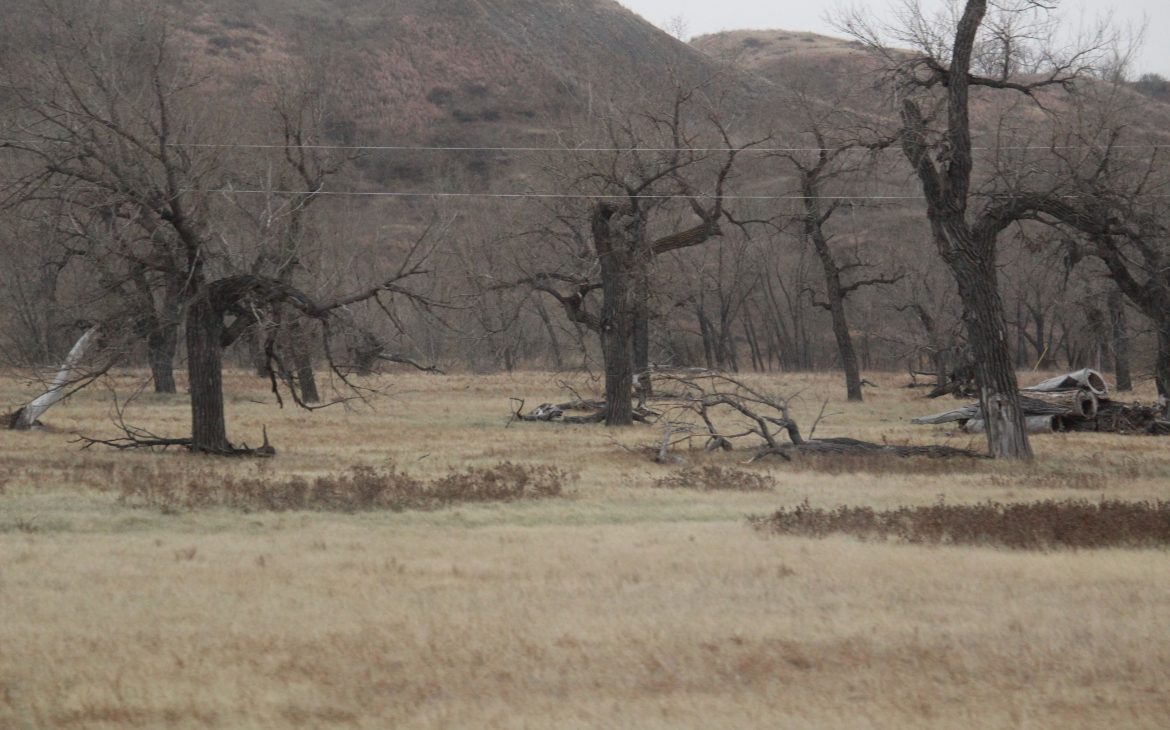
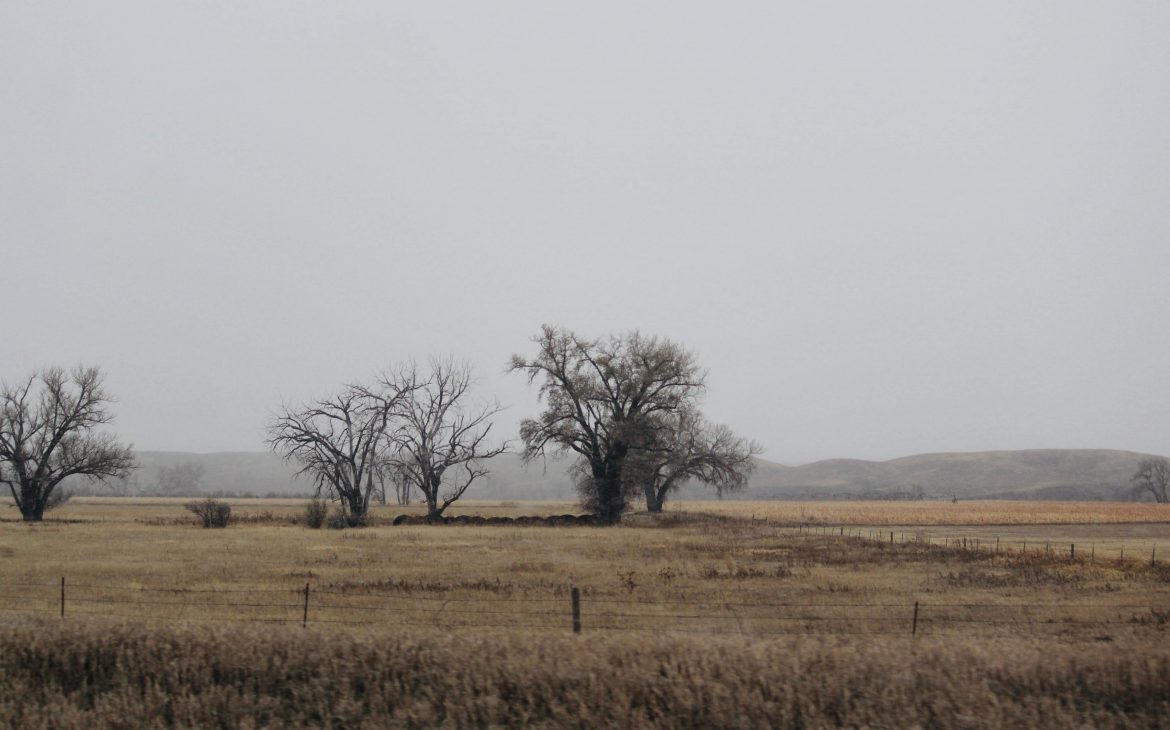
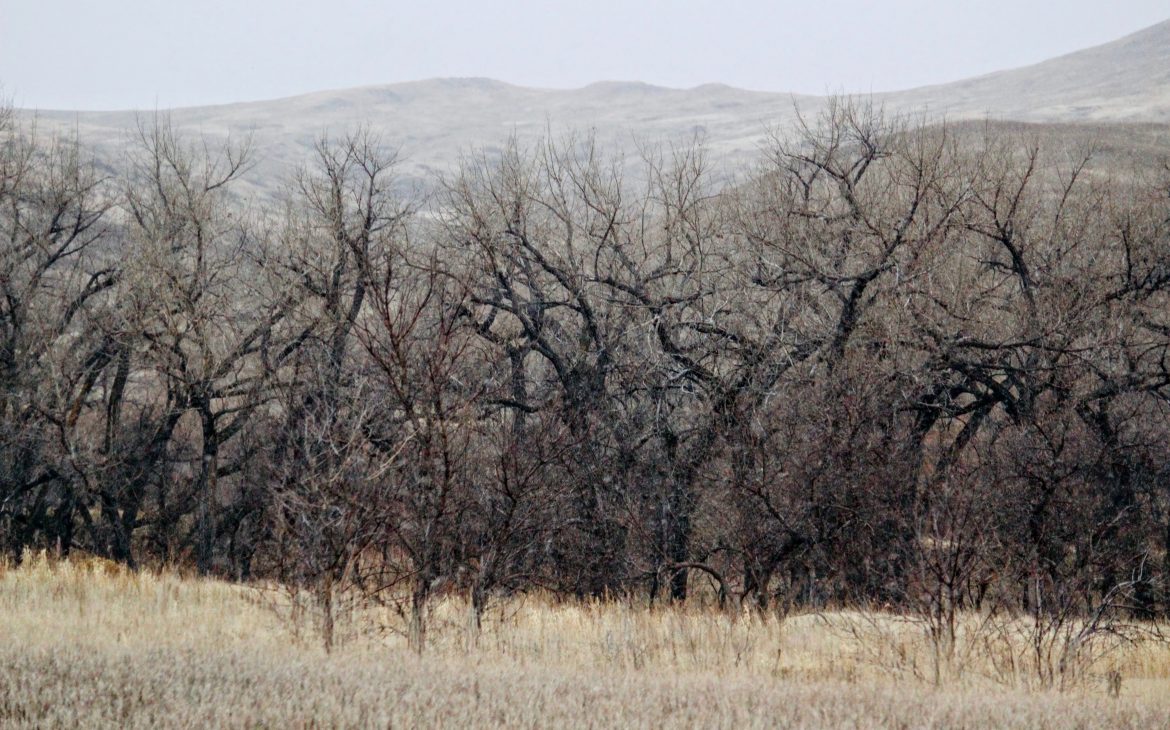
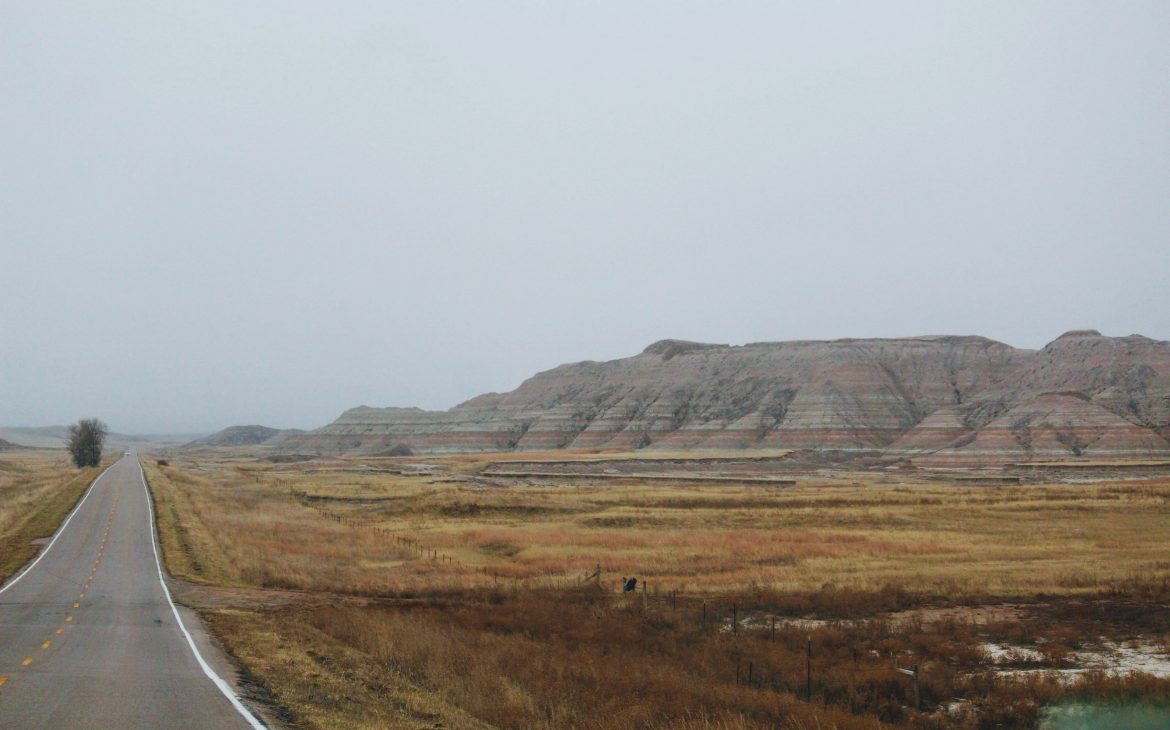
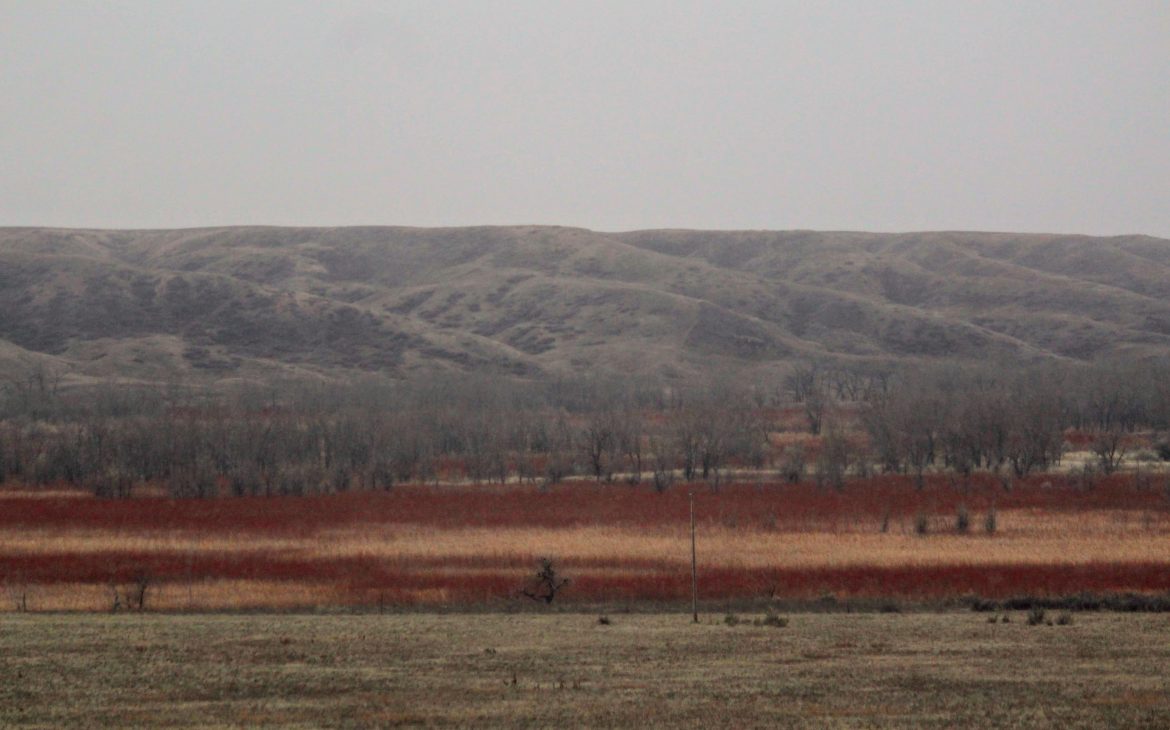
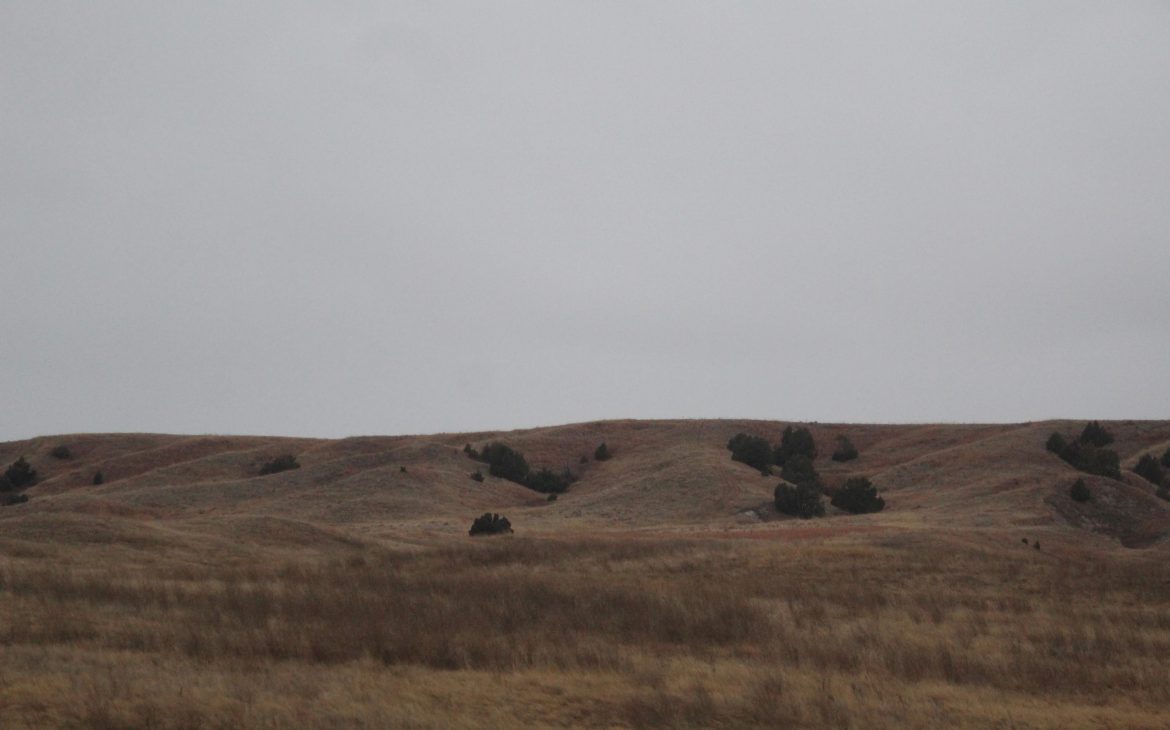
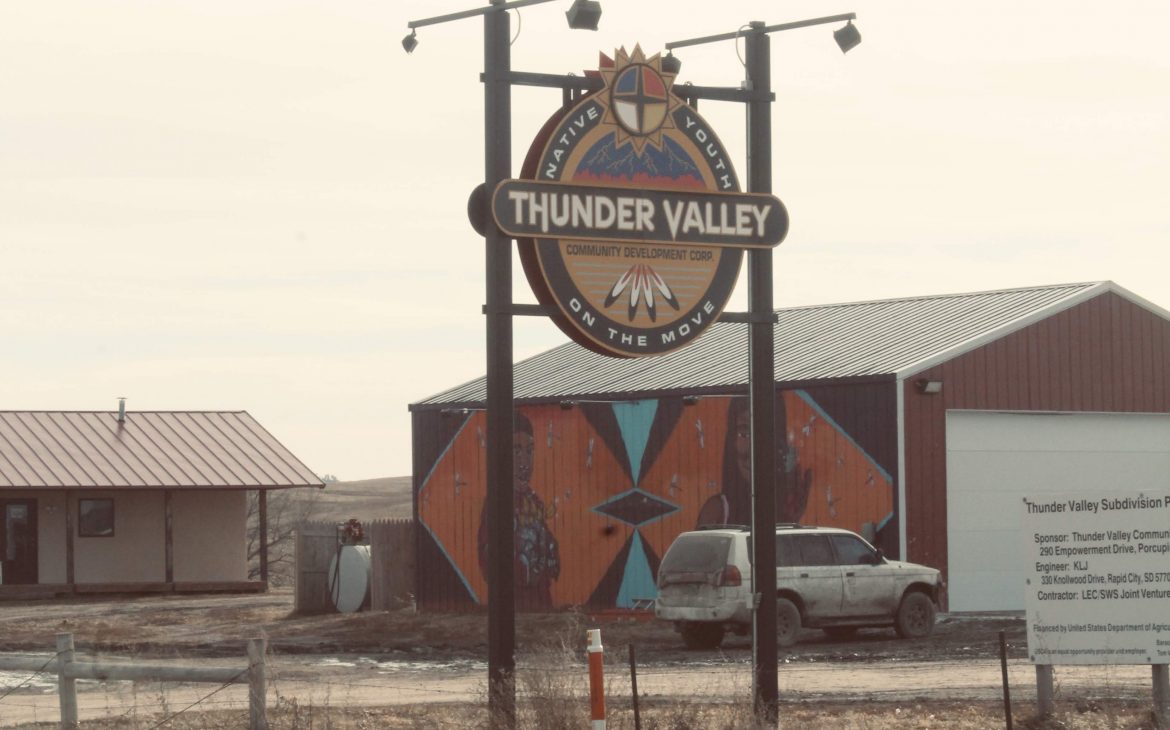
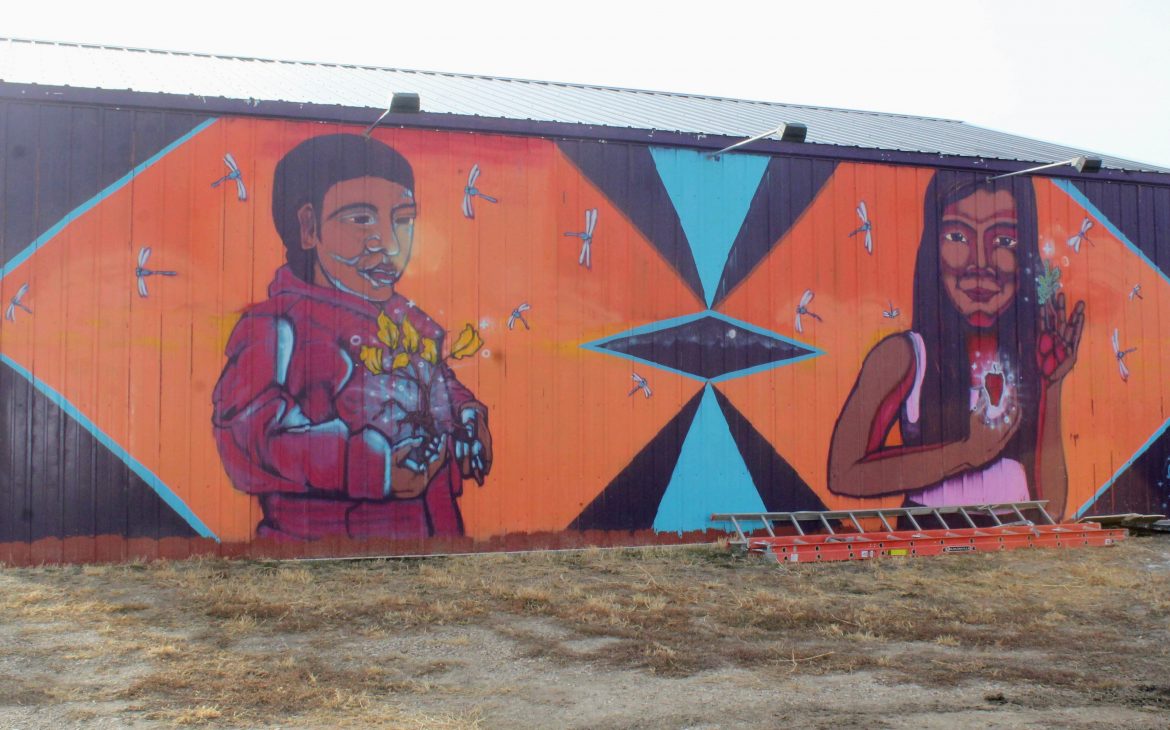
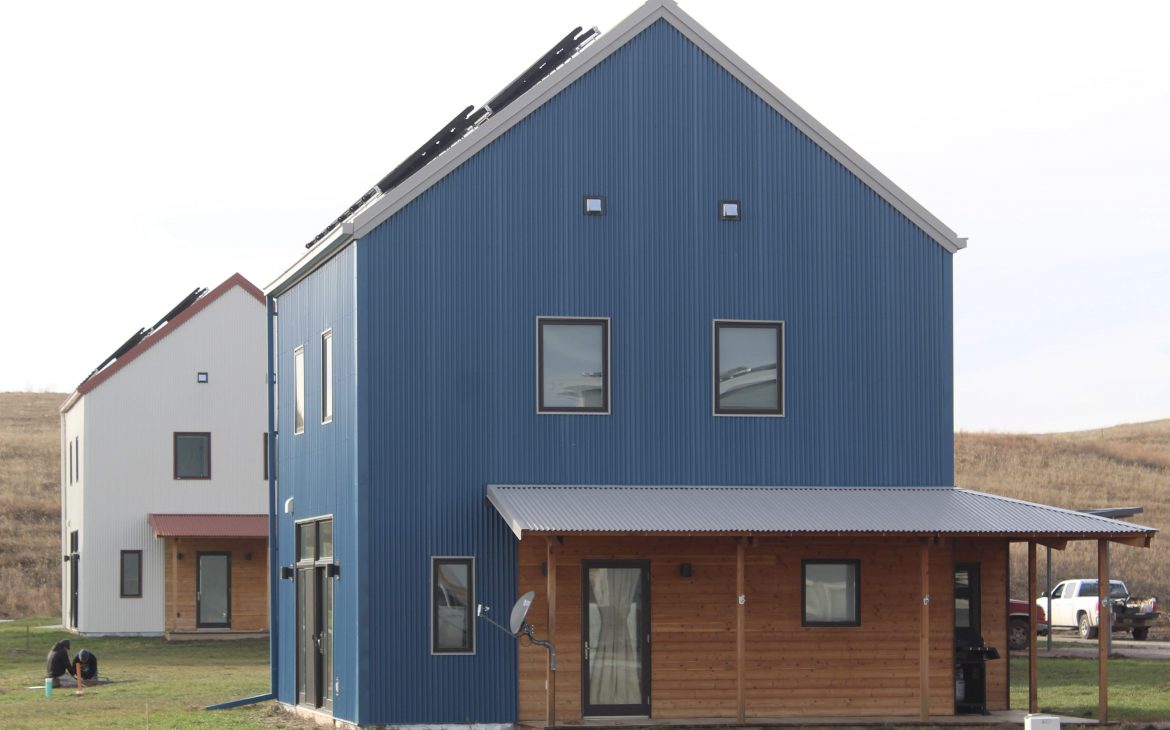
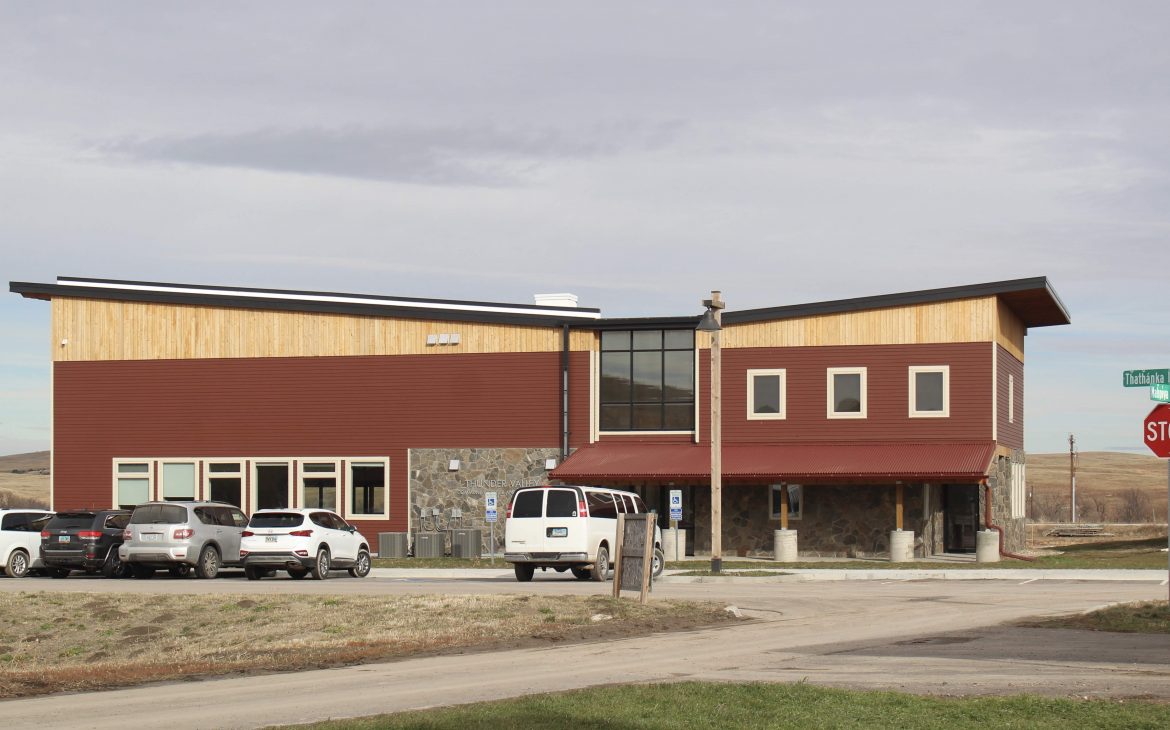
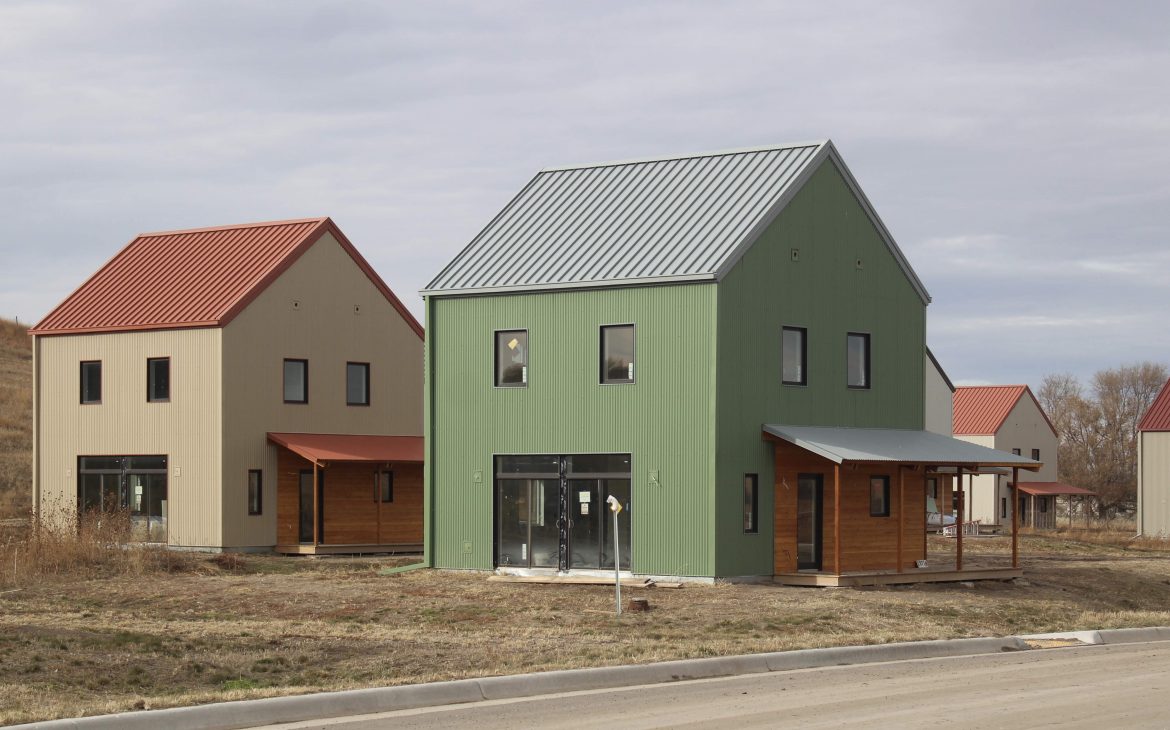
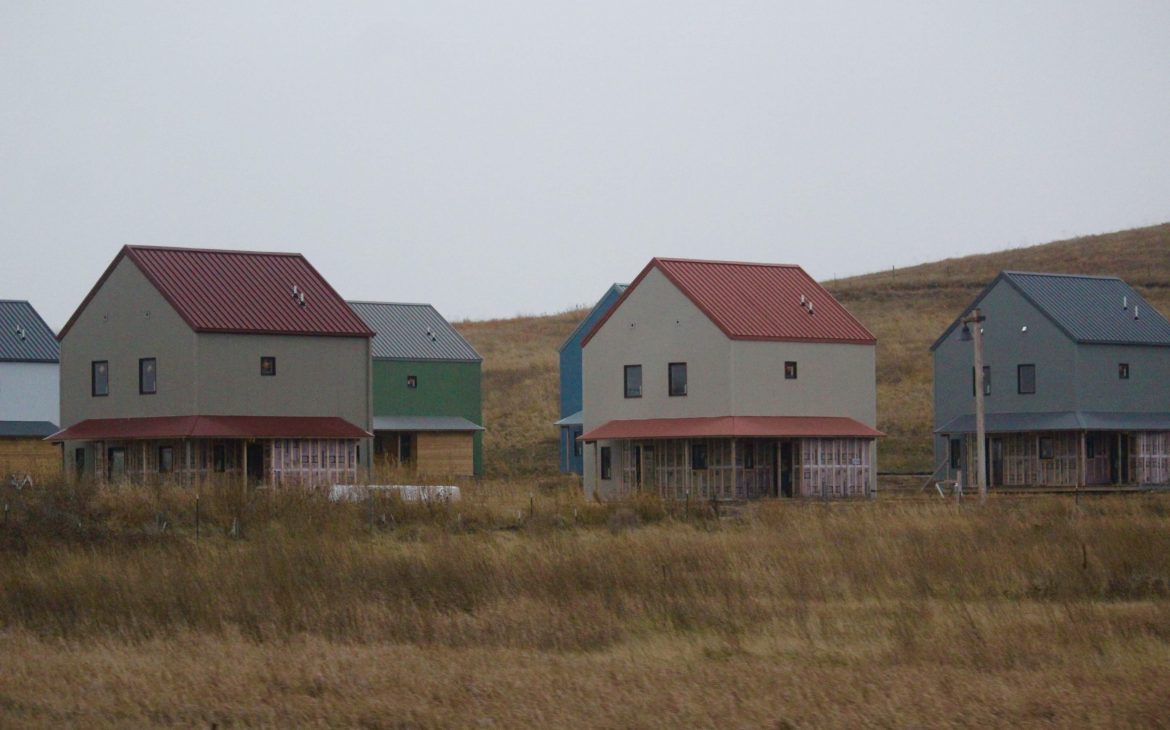
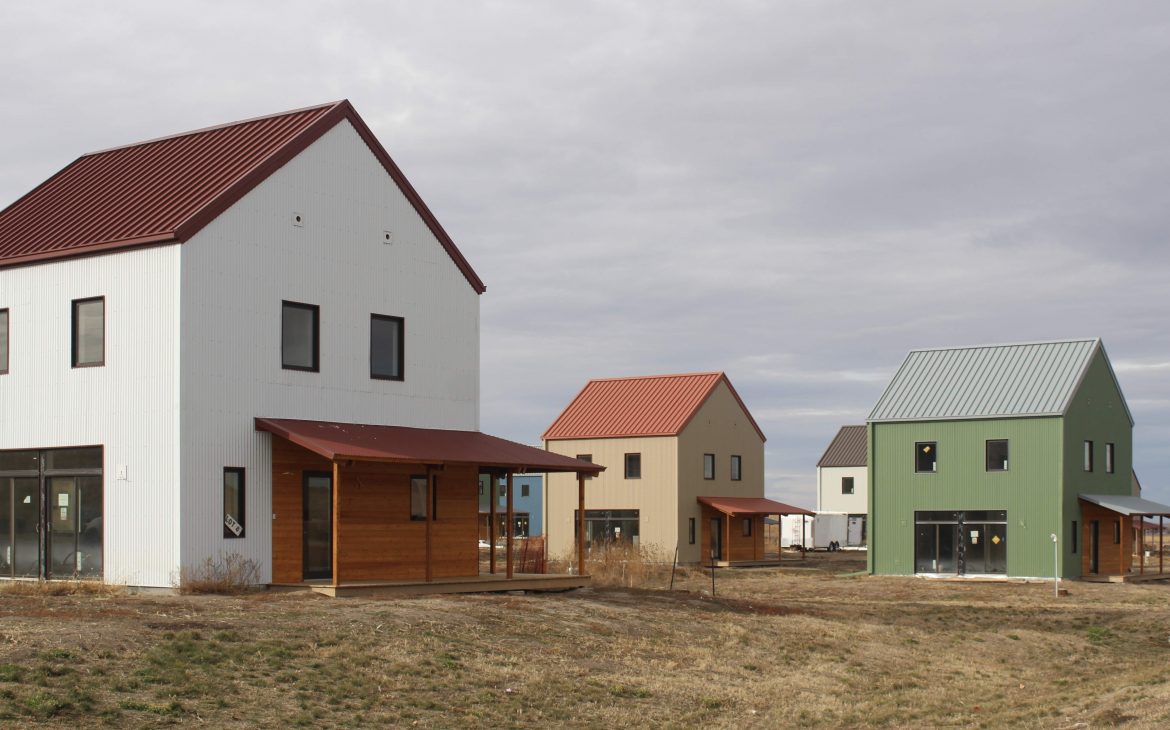
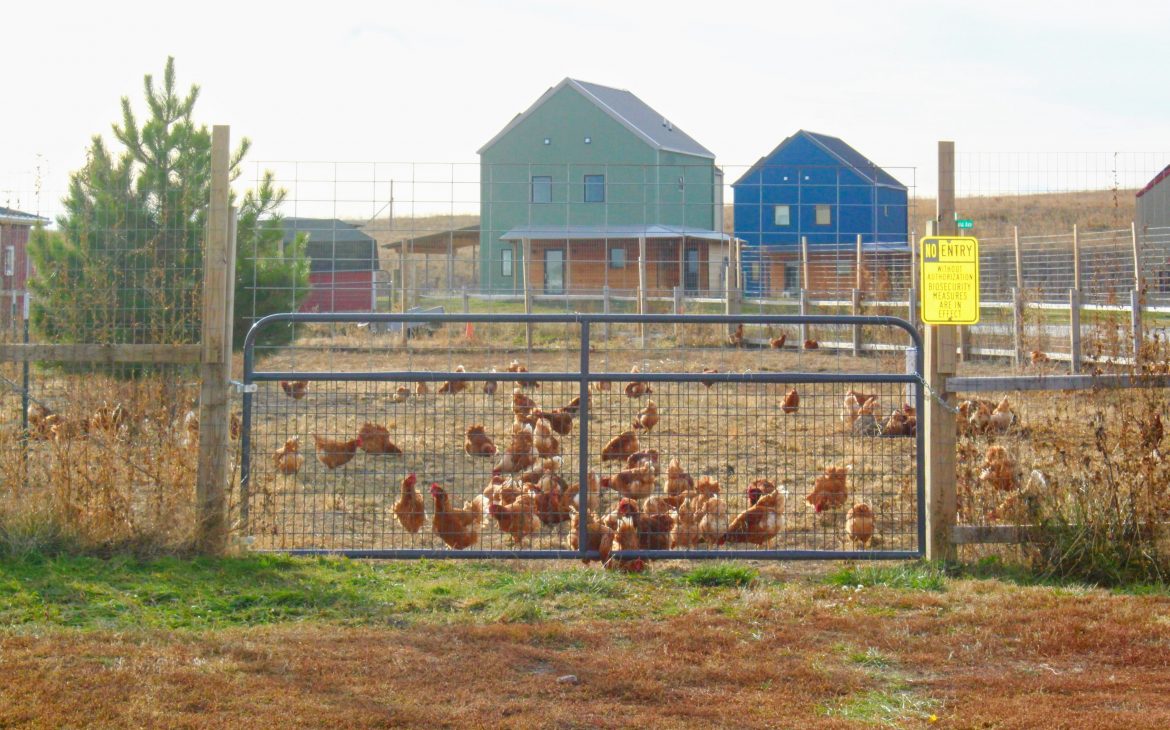
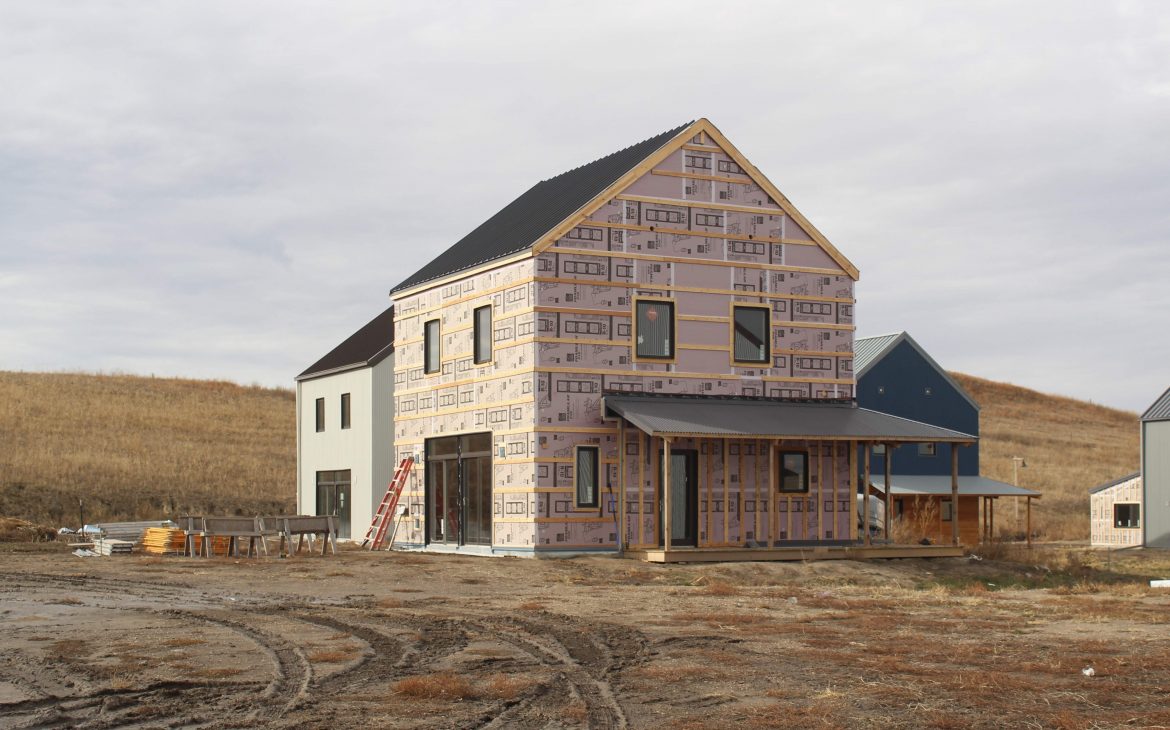
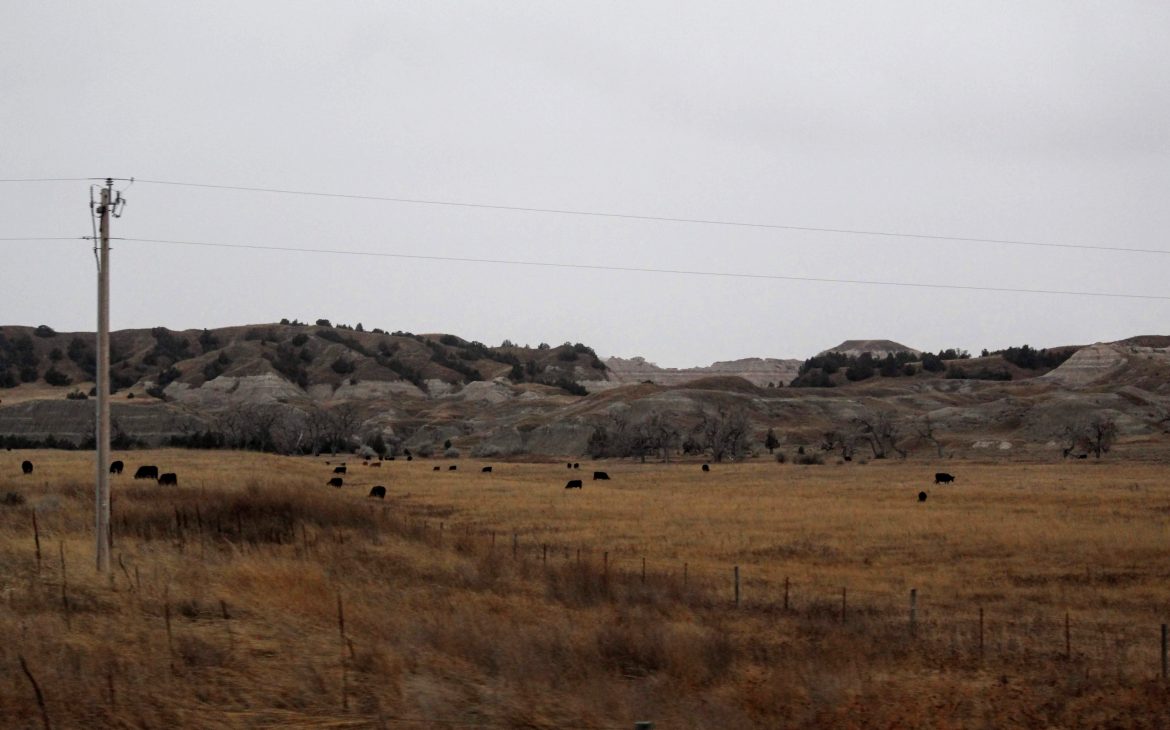
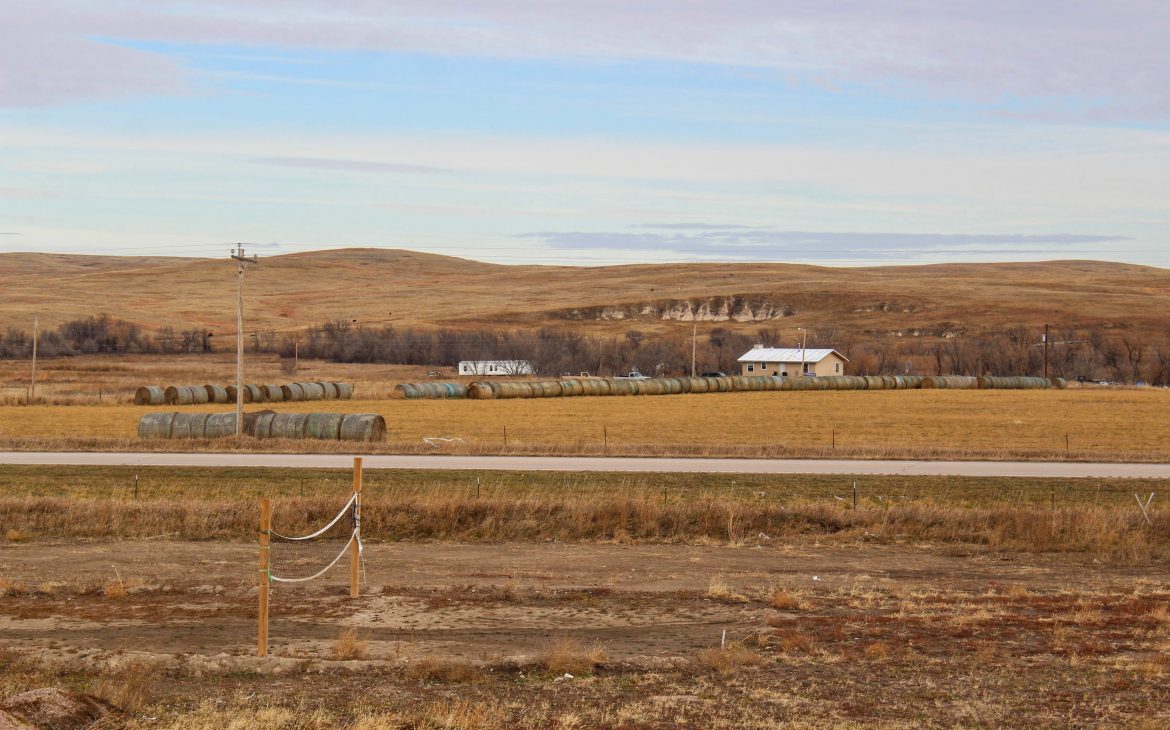
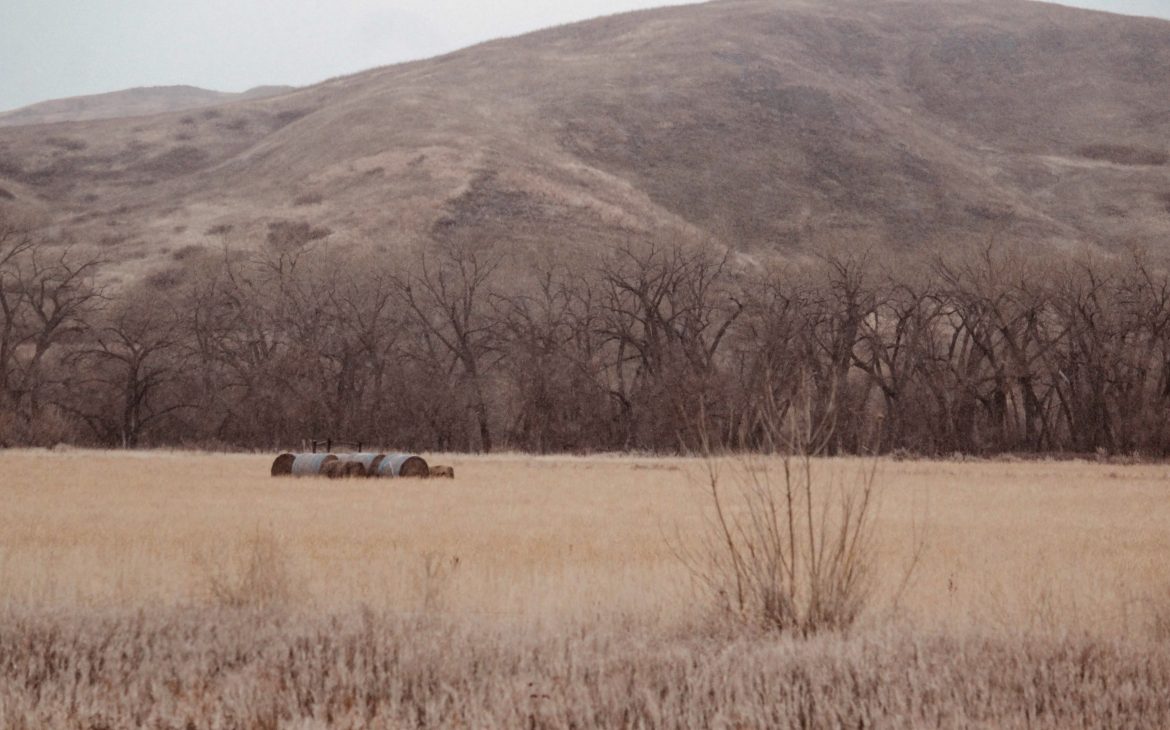
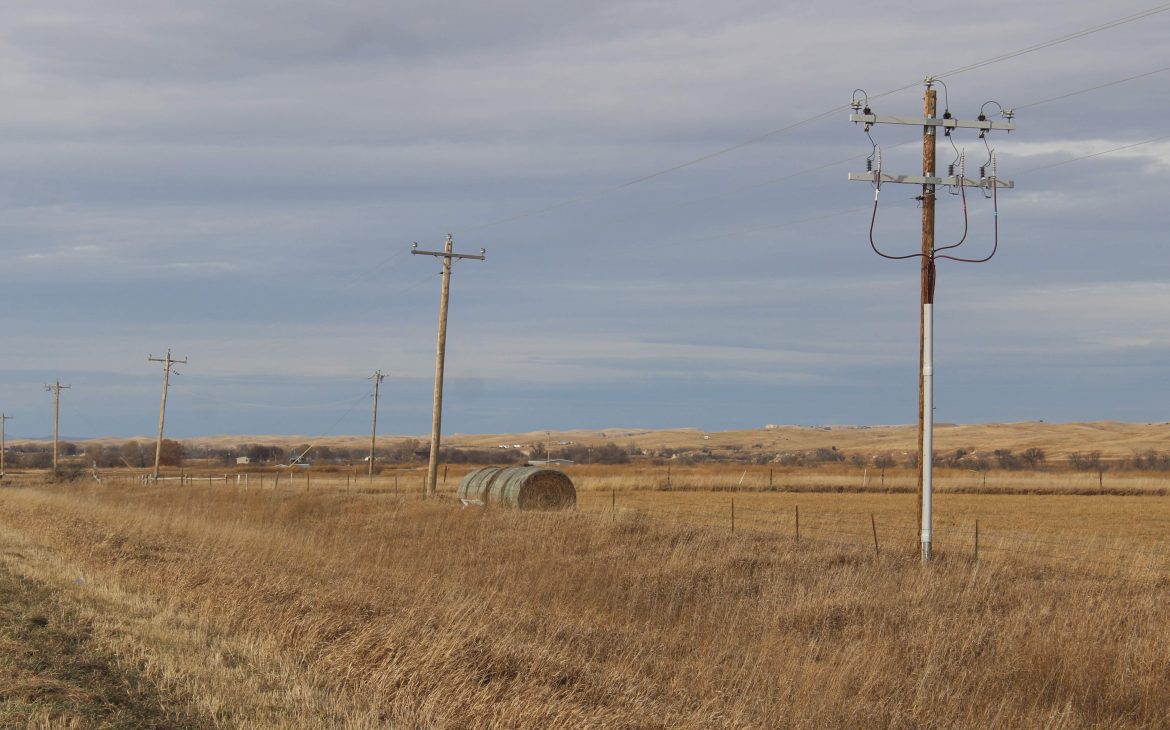
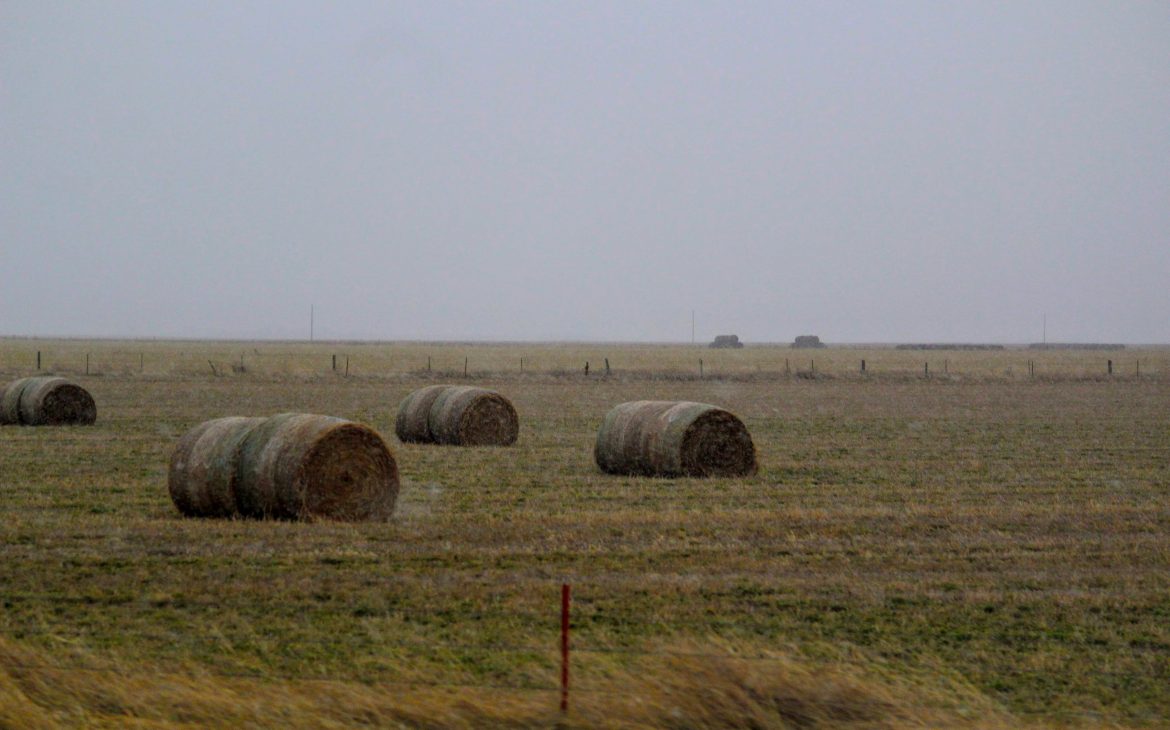
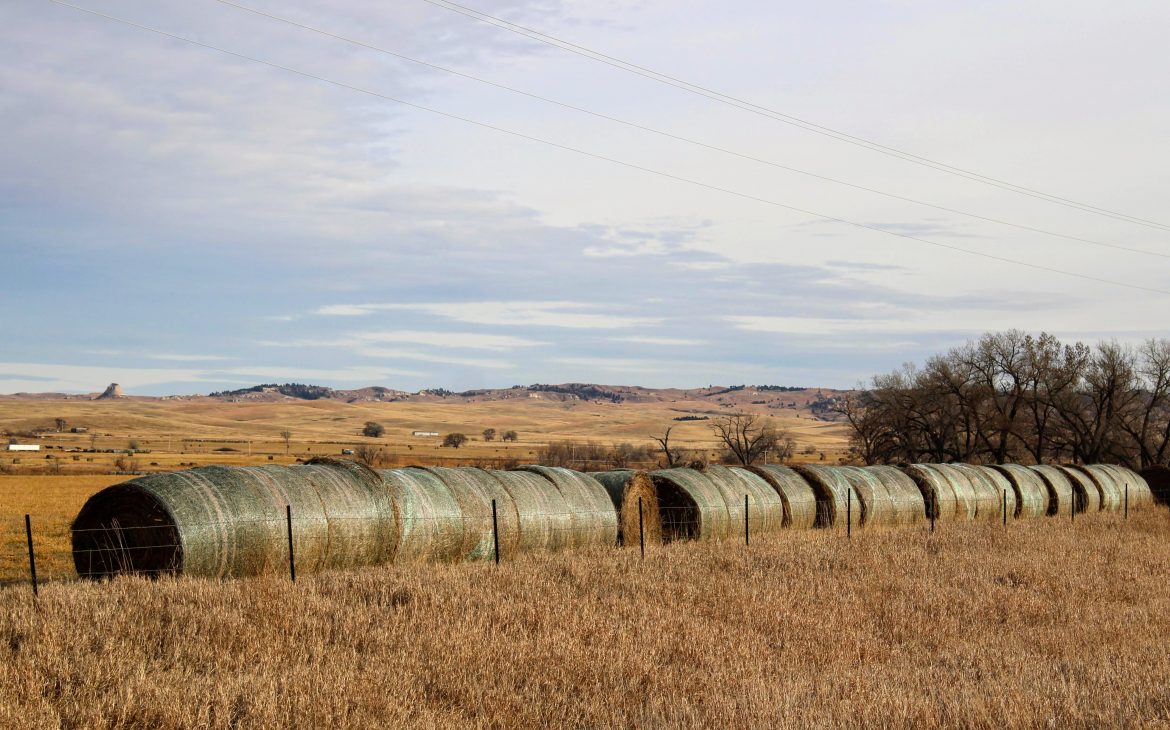
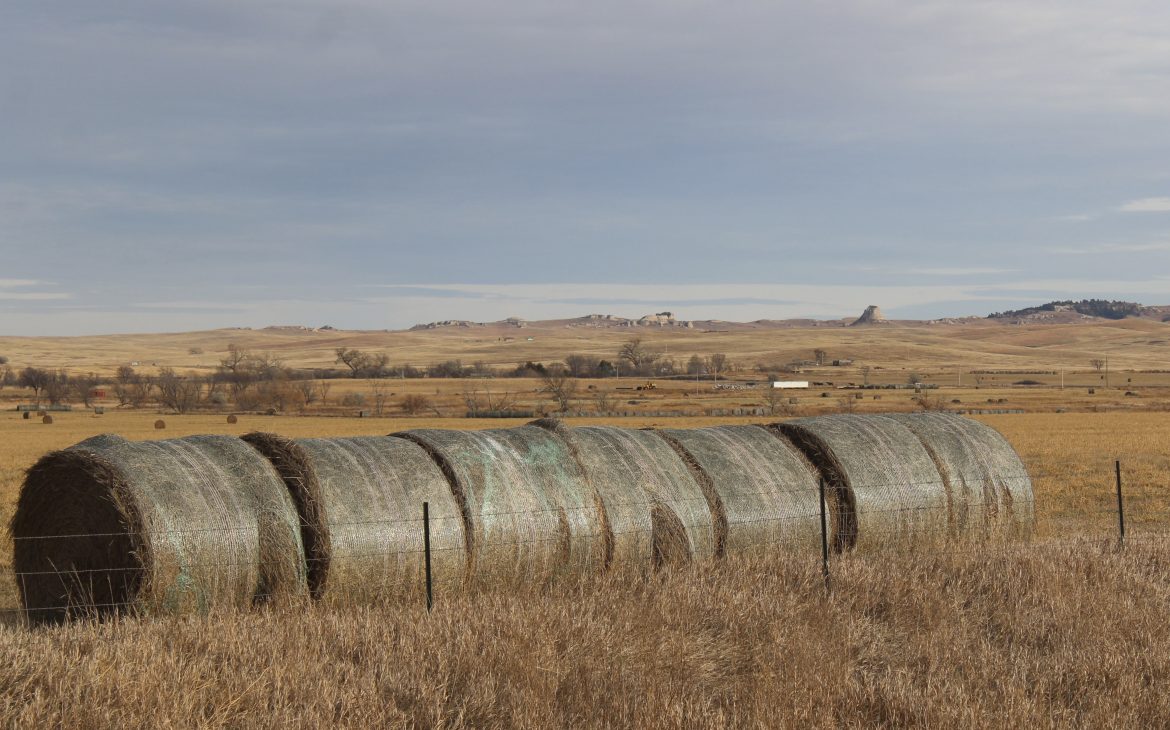
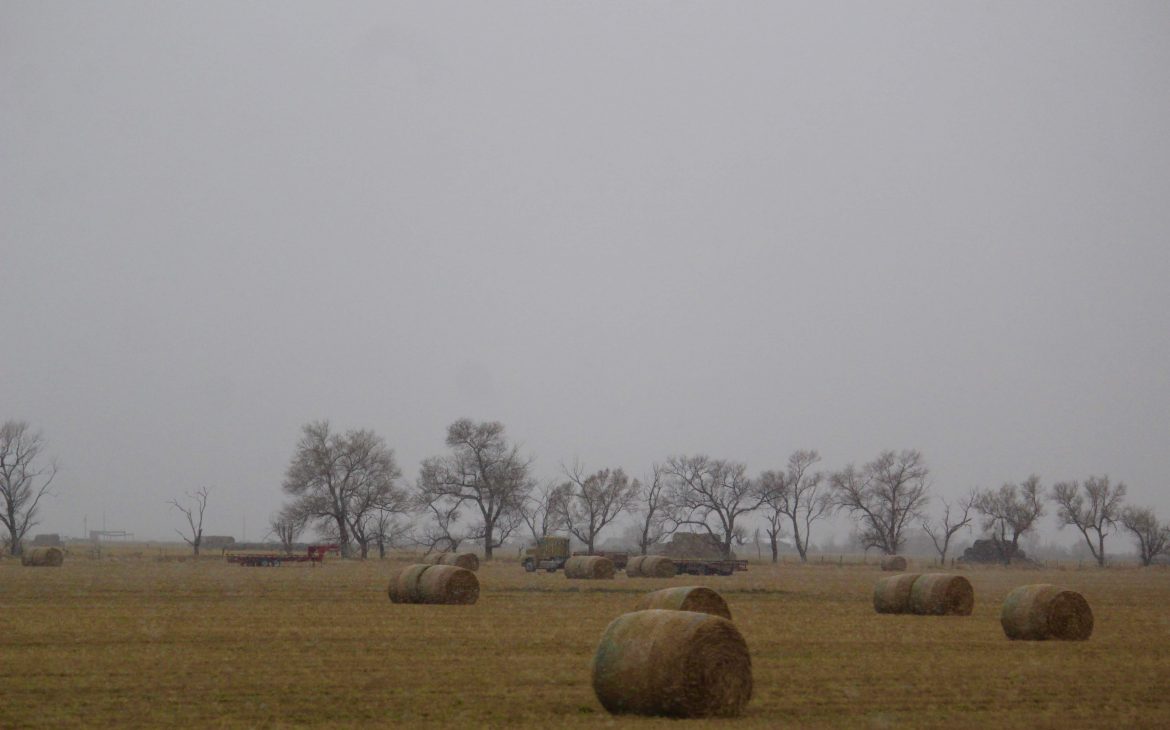
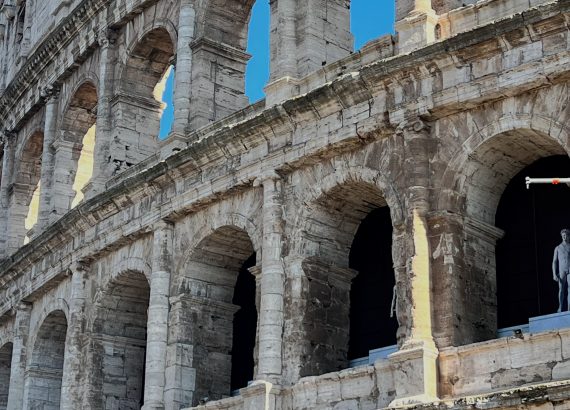
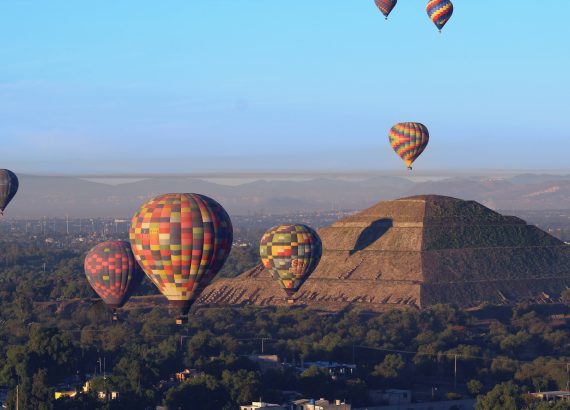
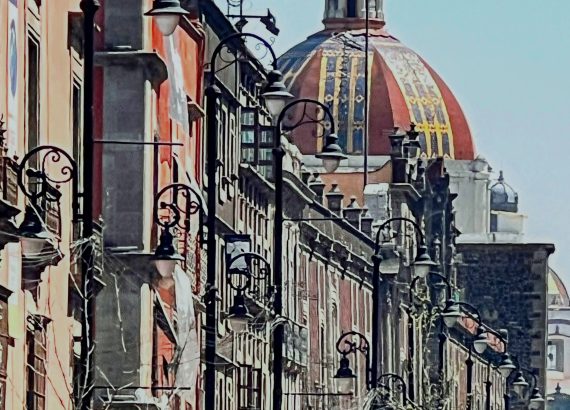

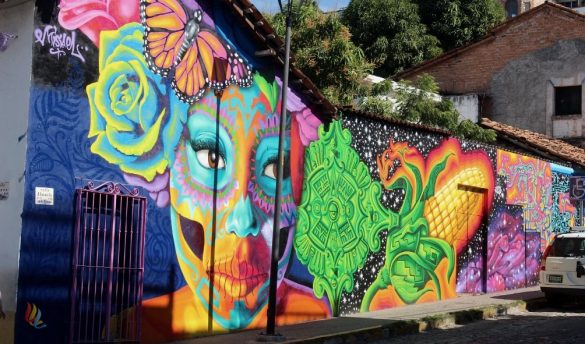
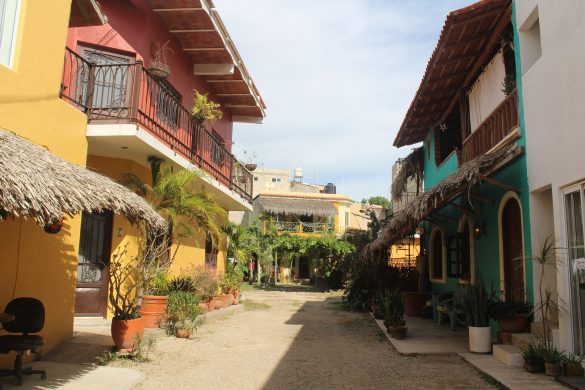
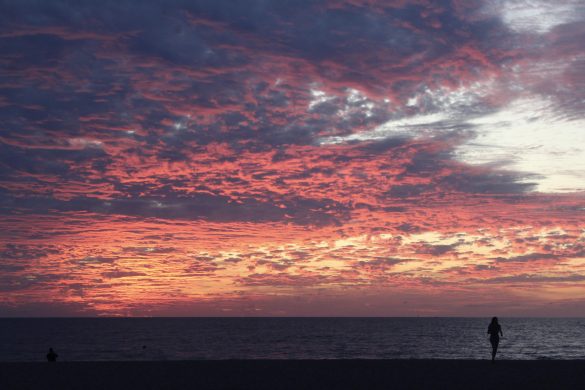
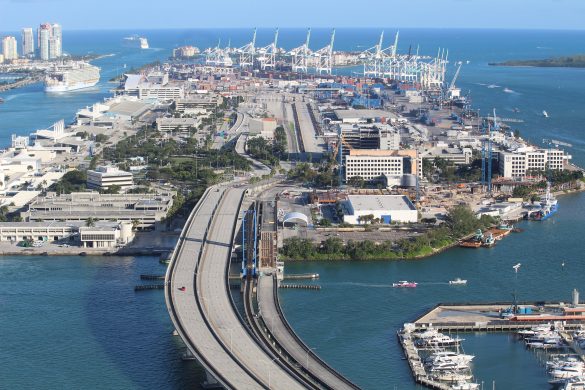
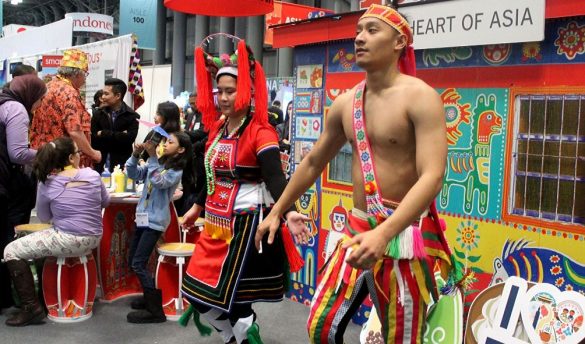

No Comments